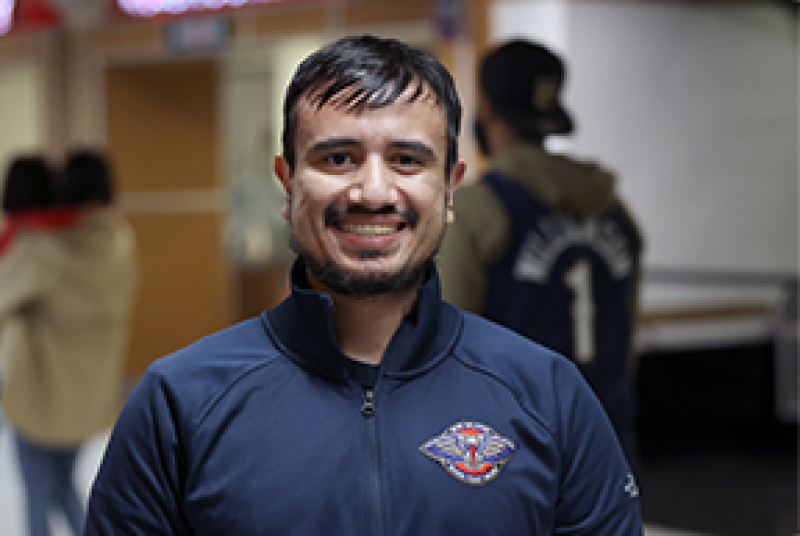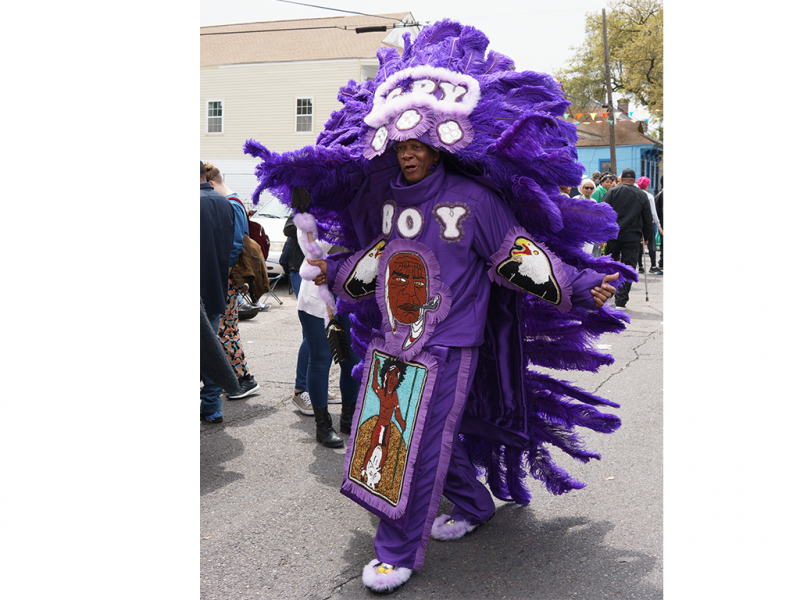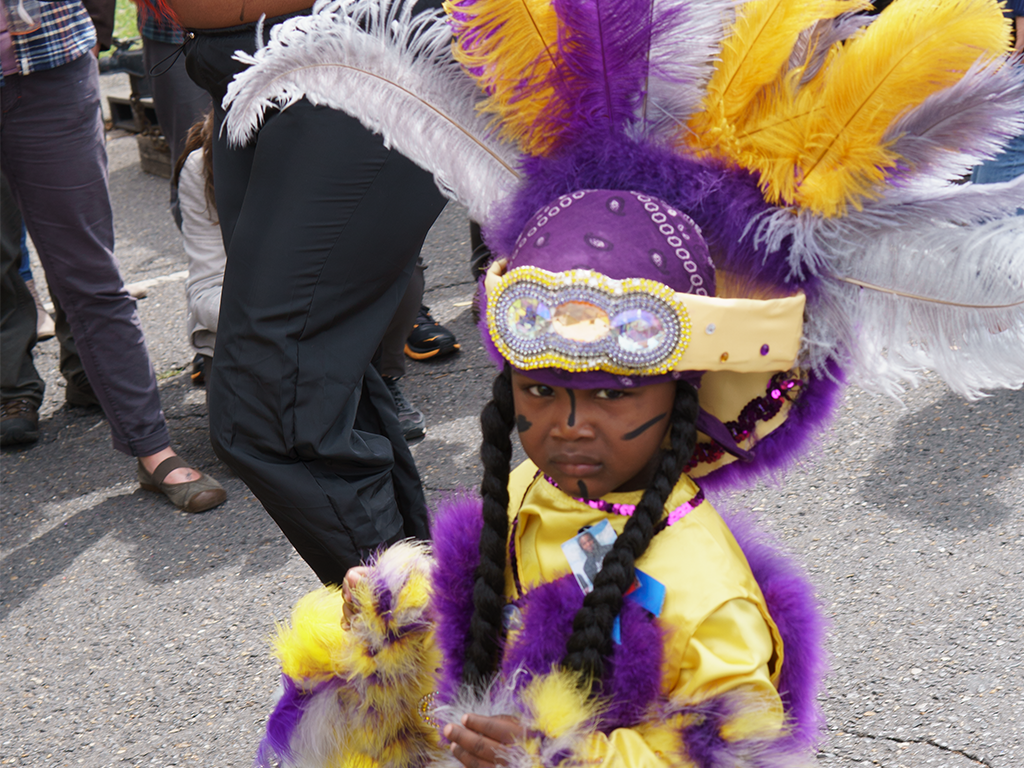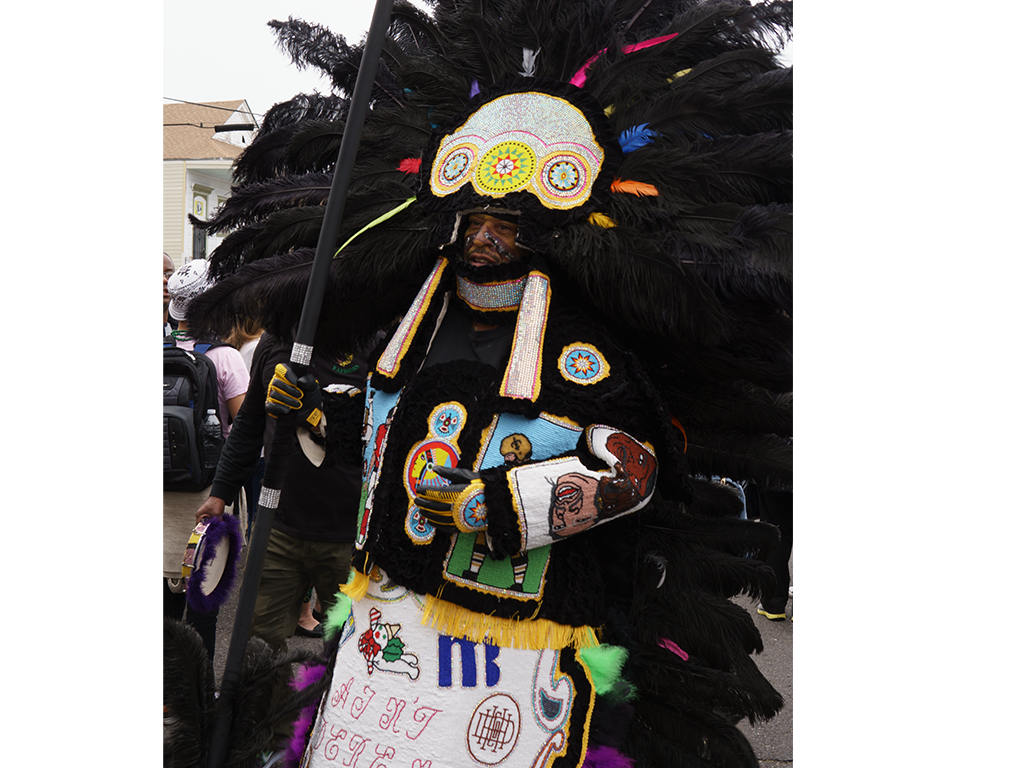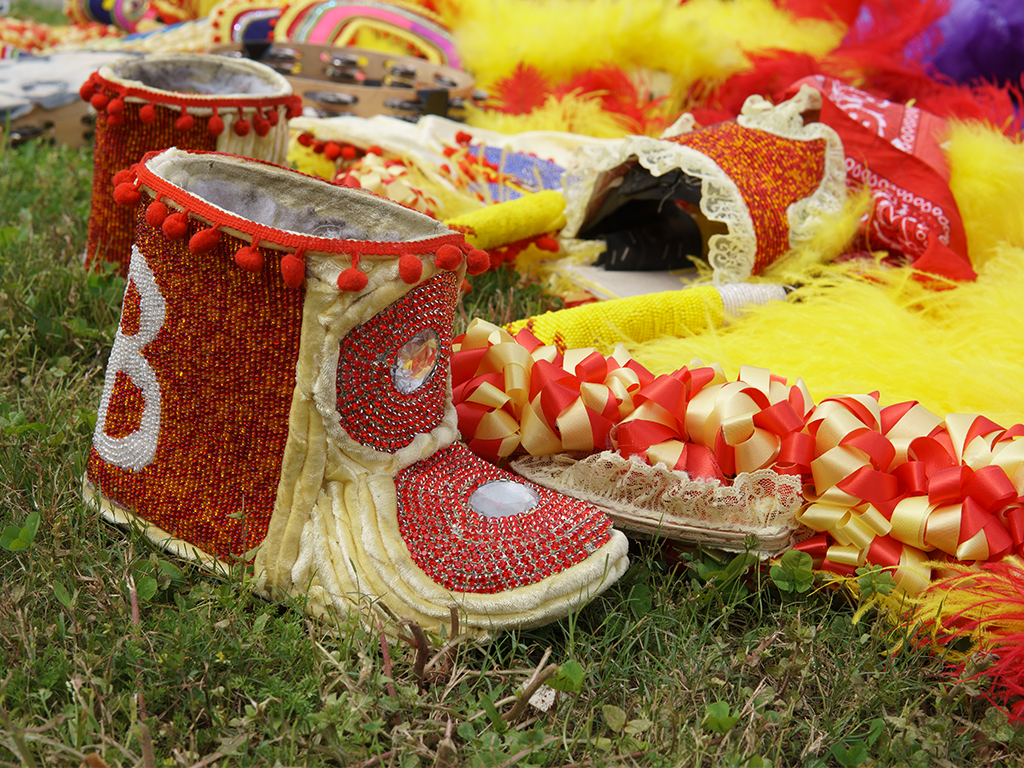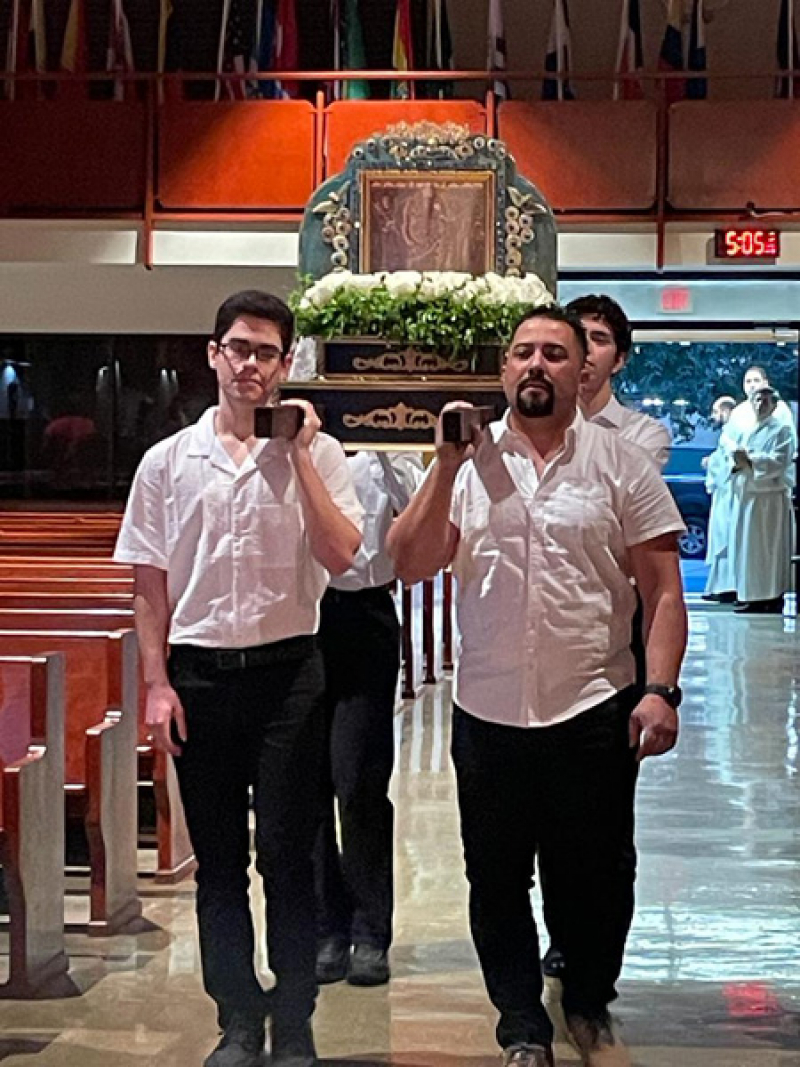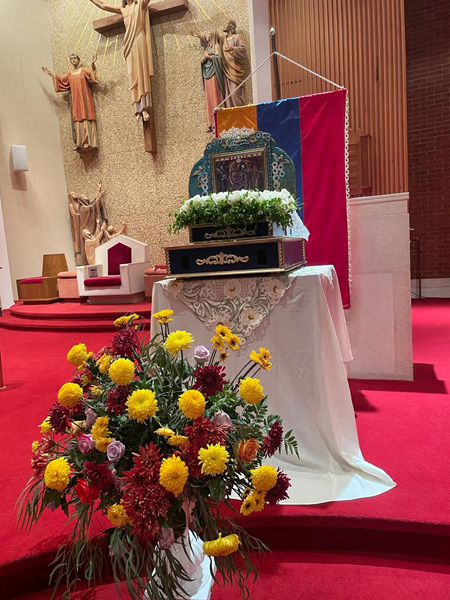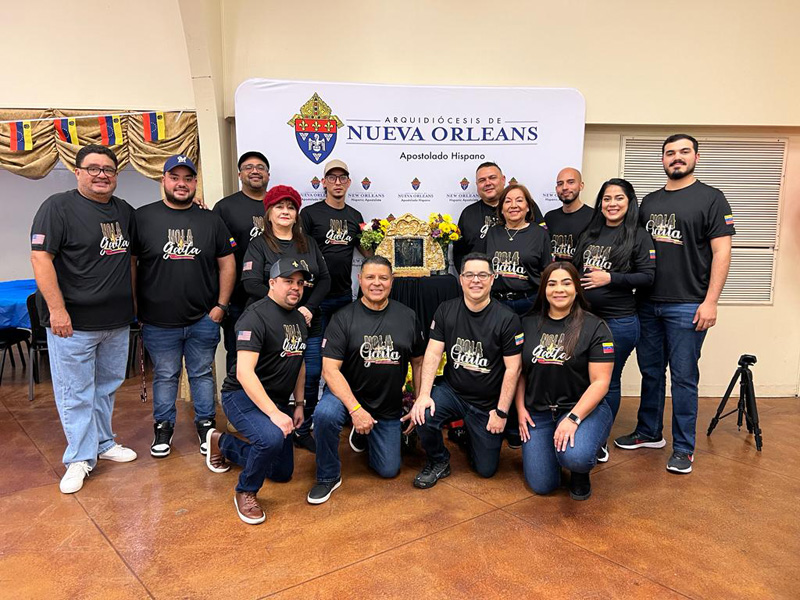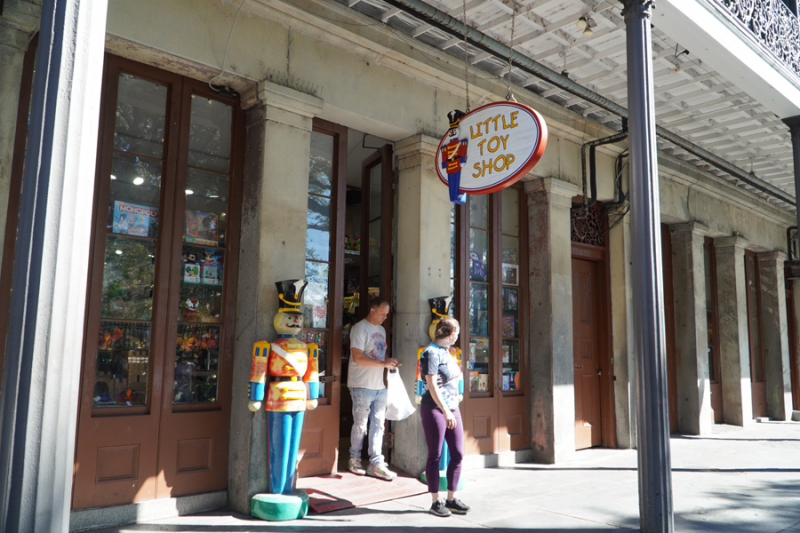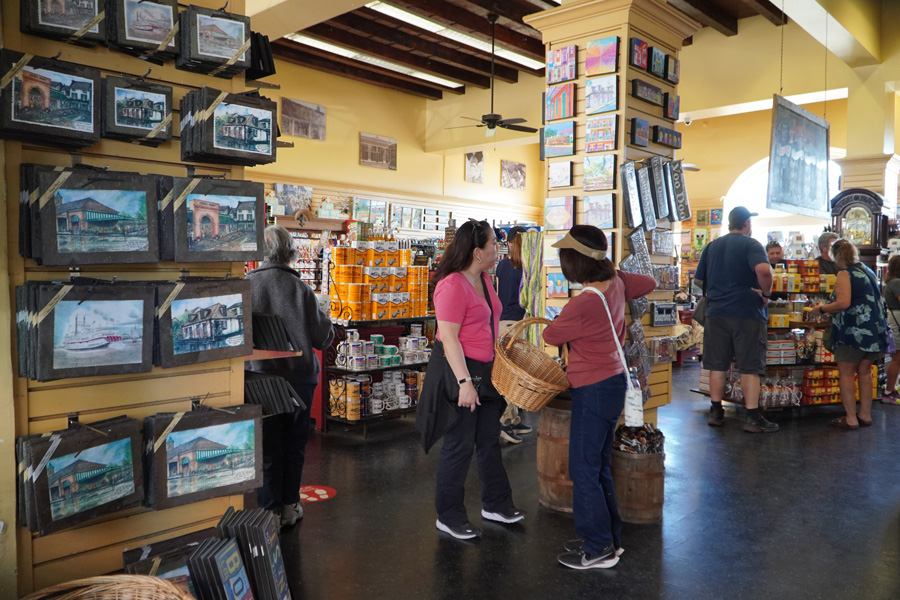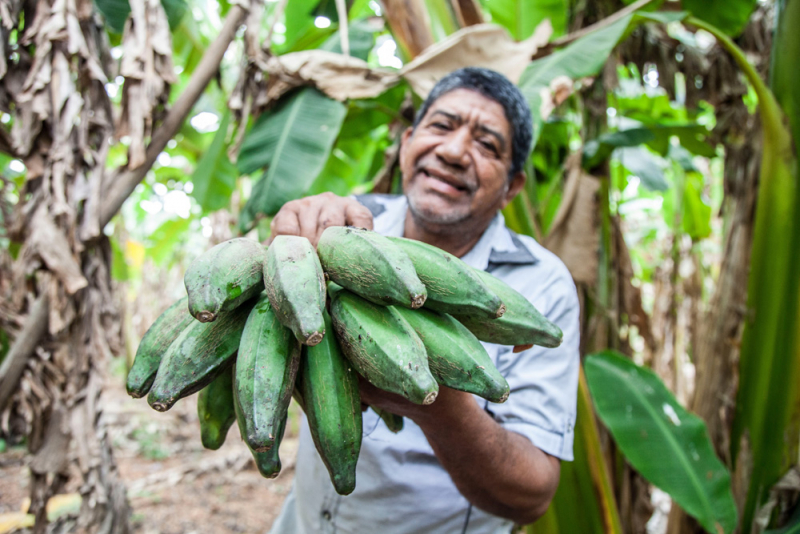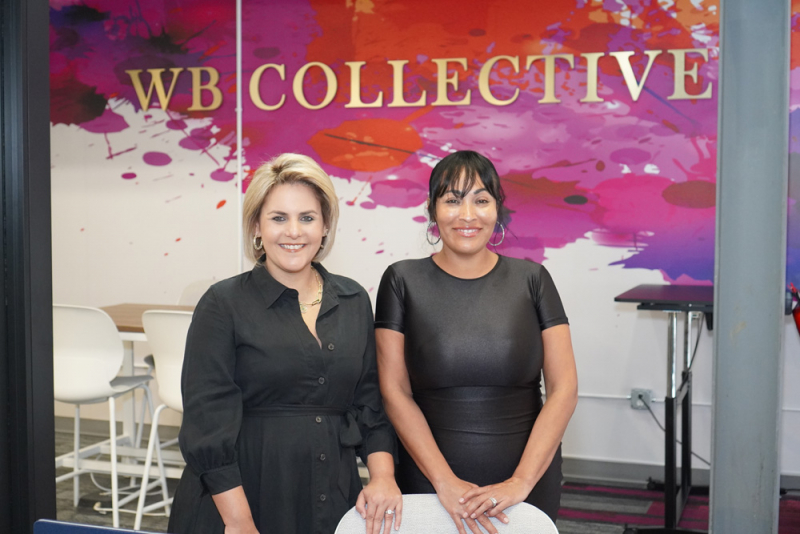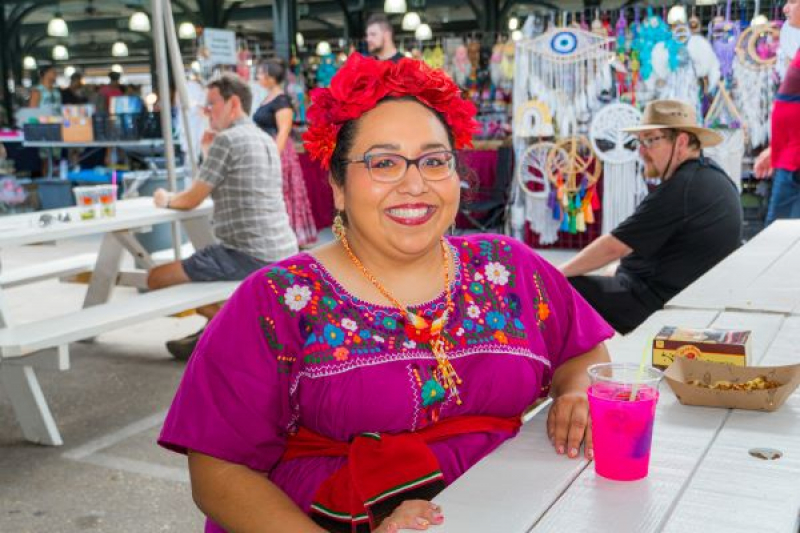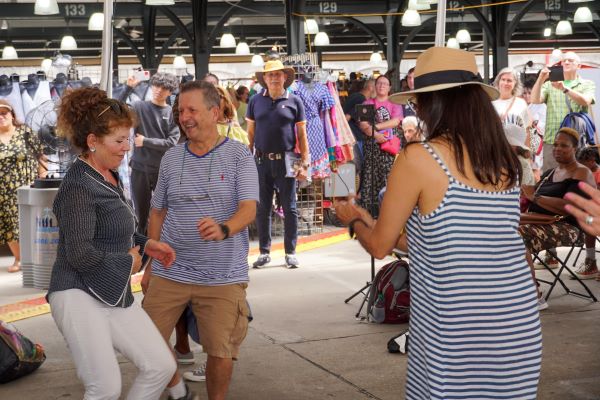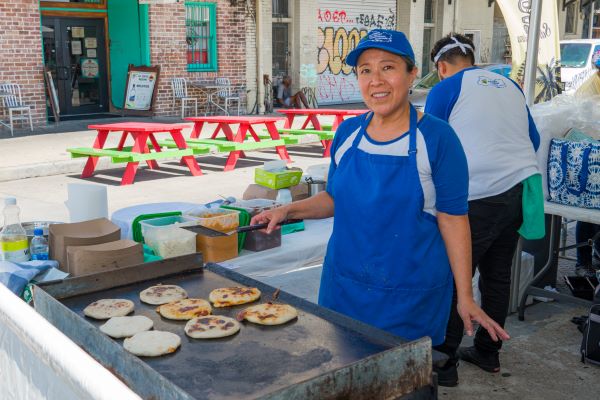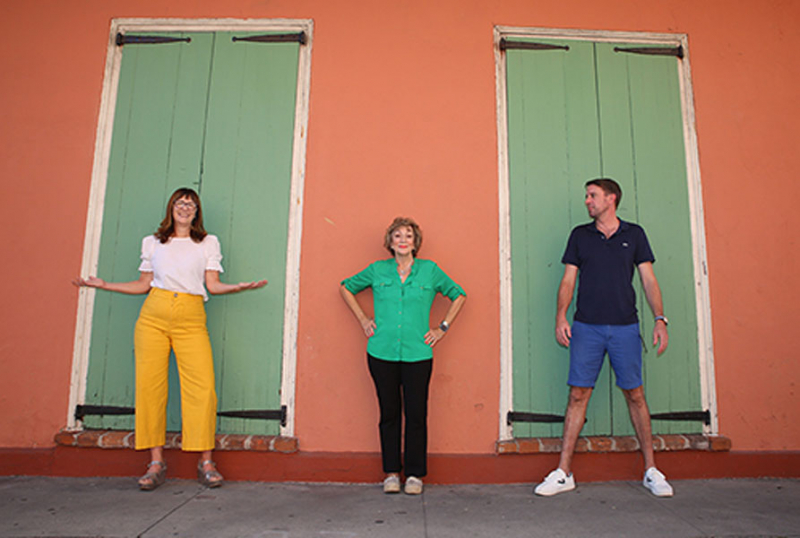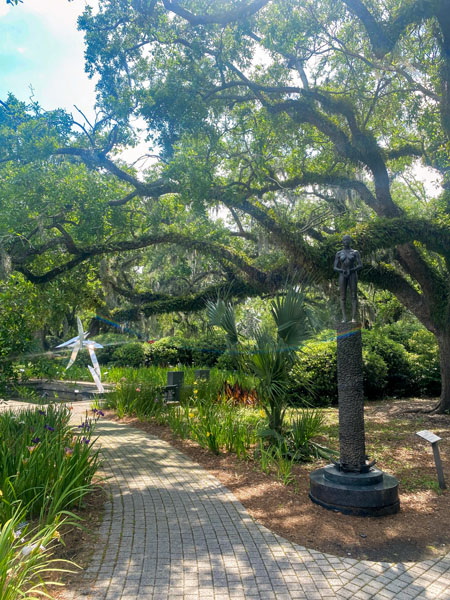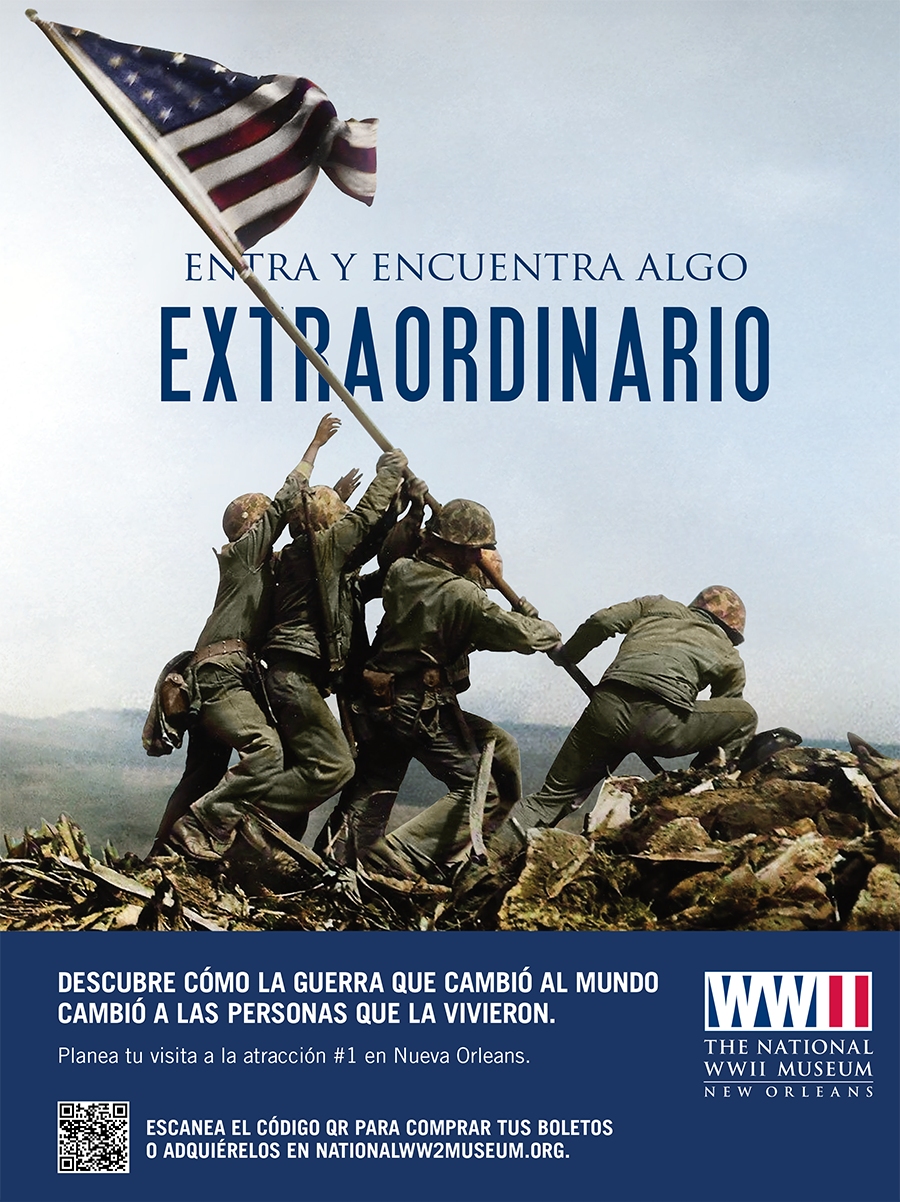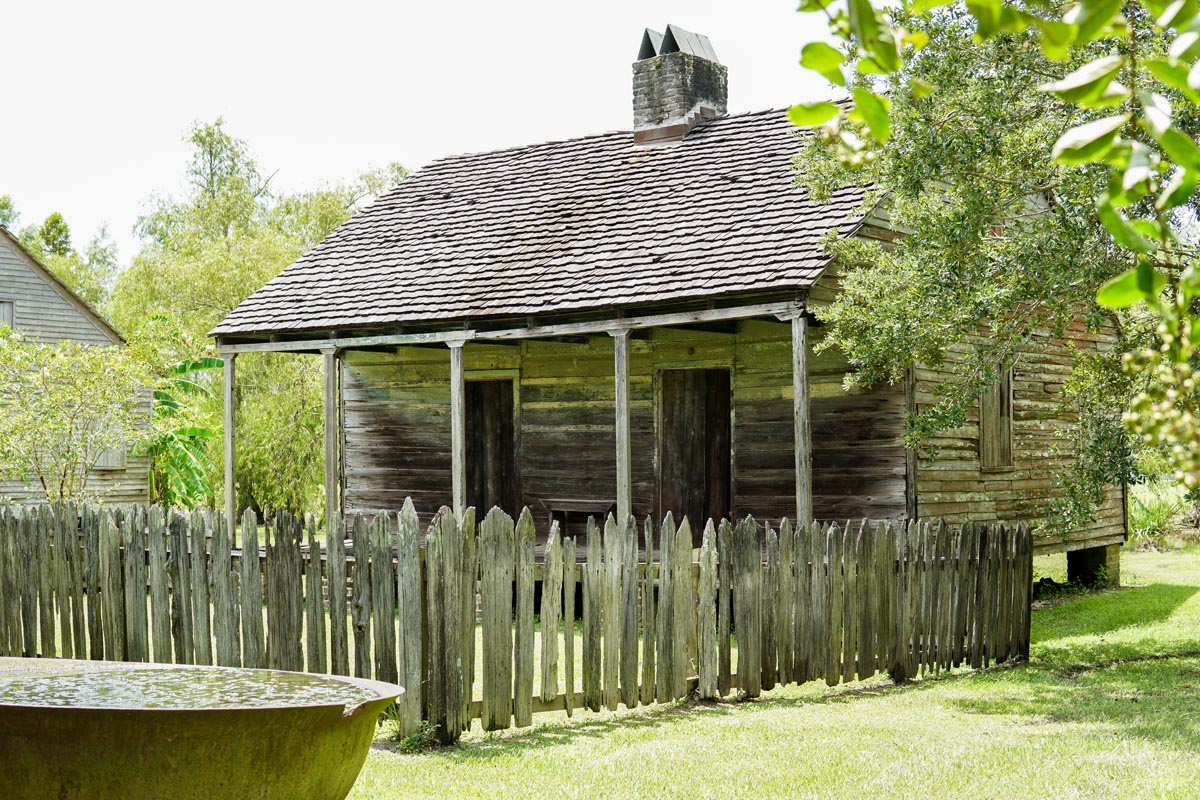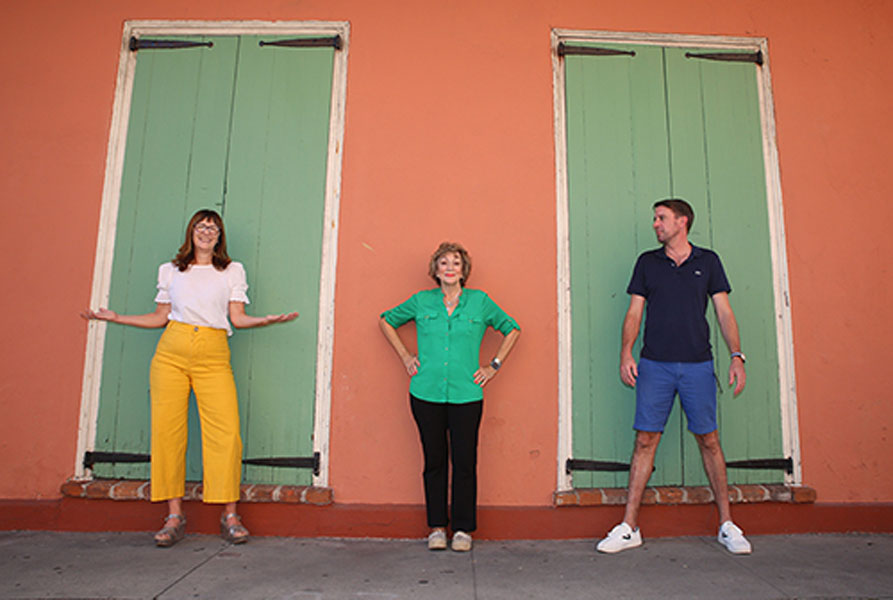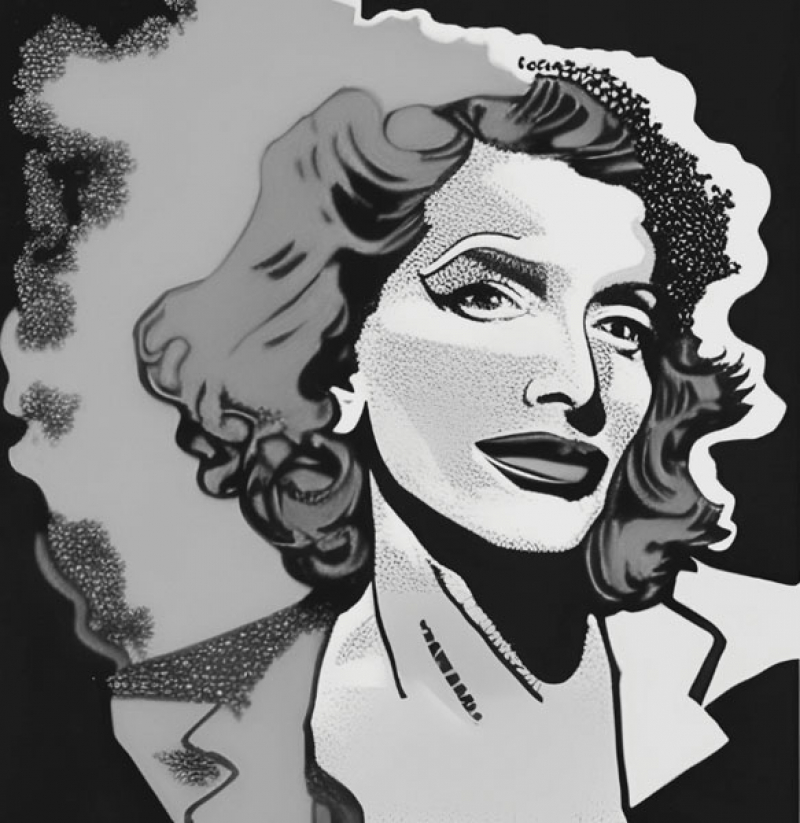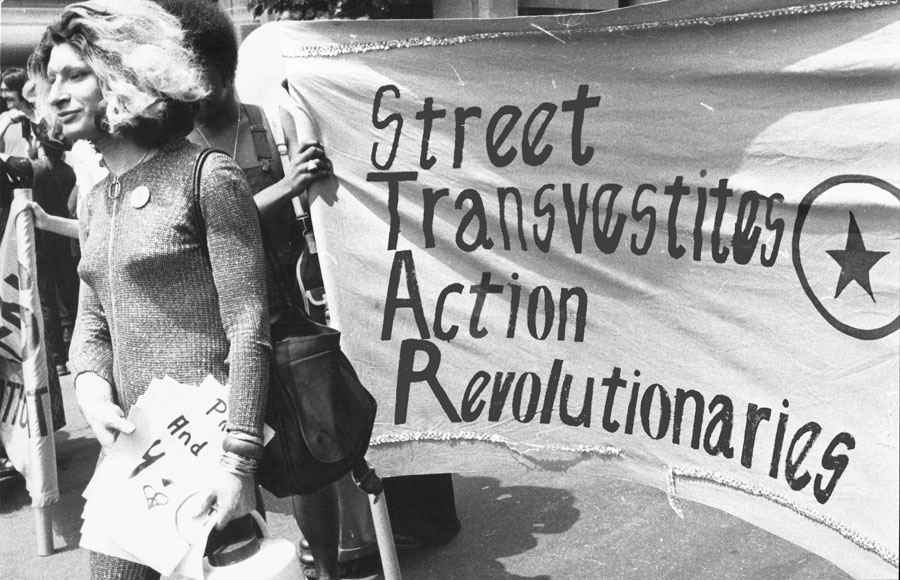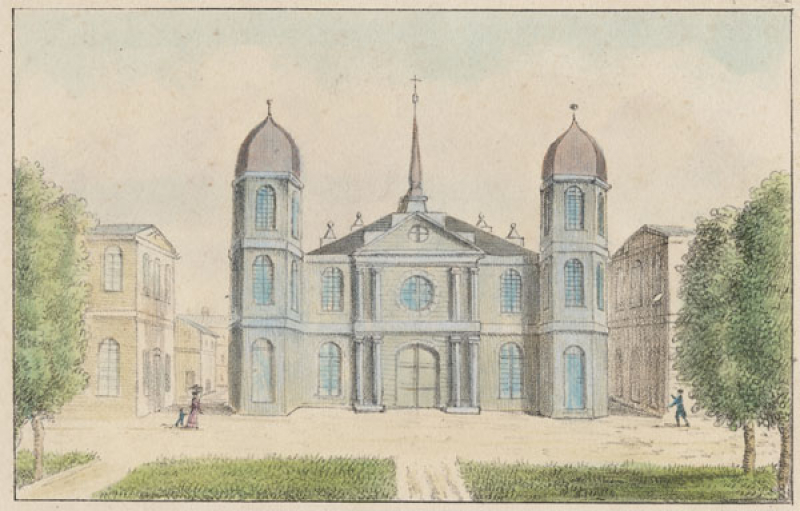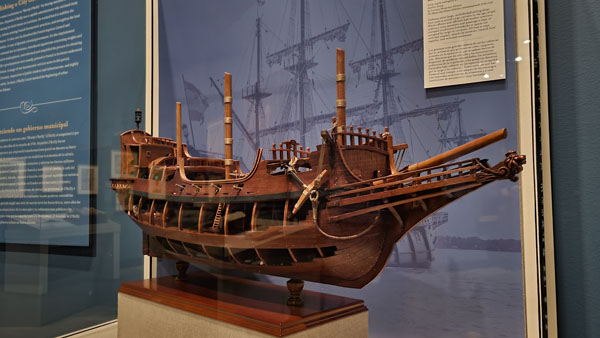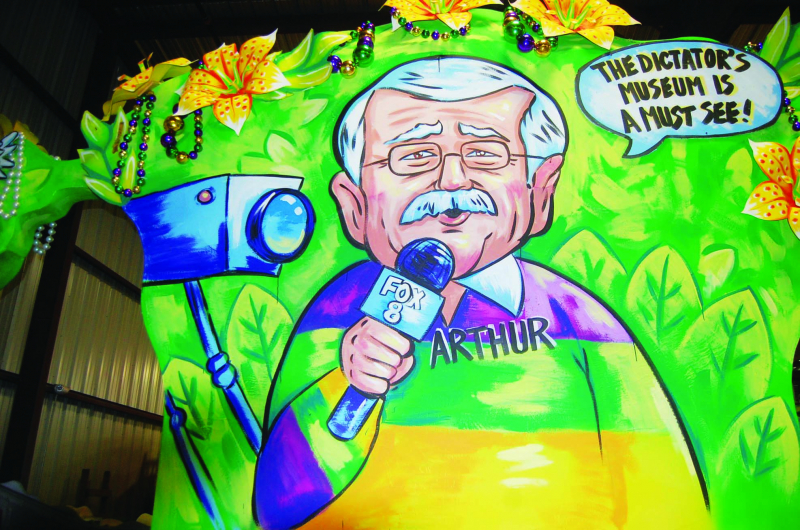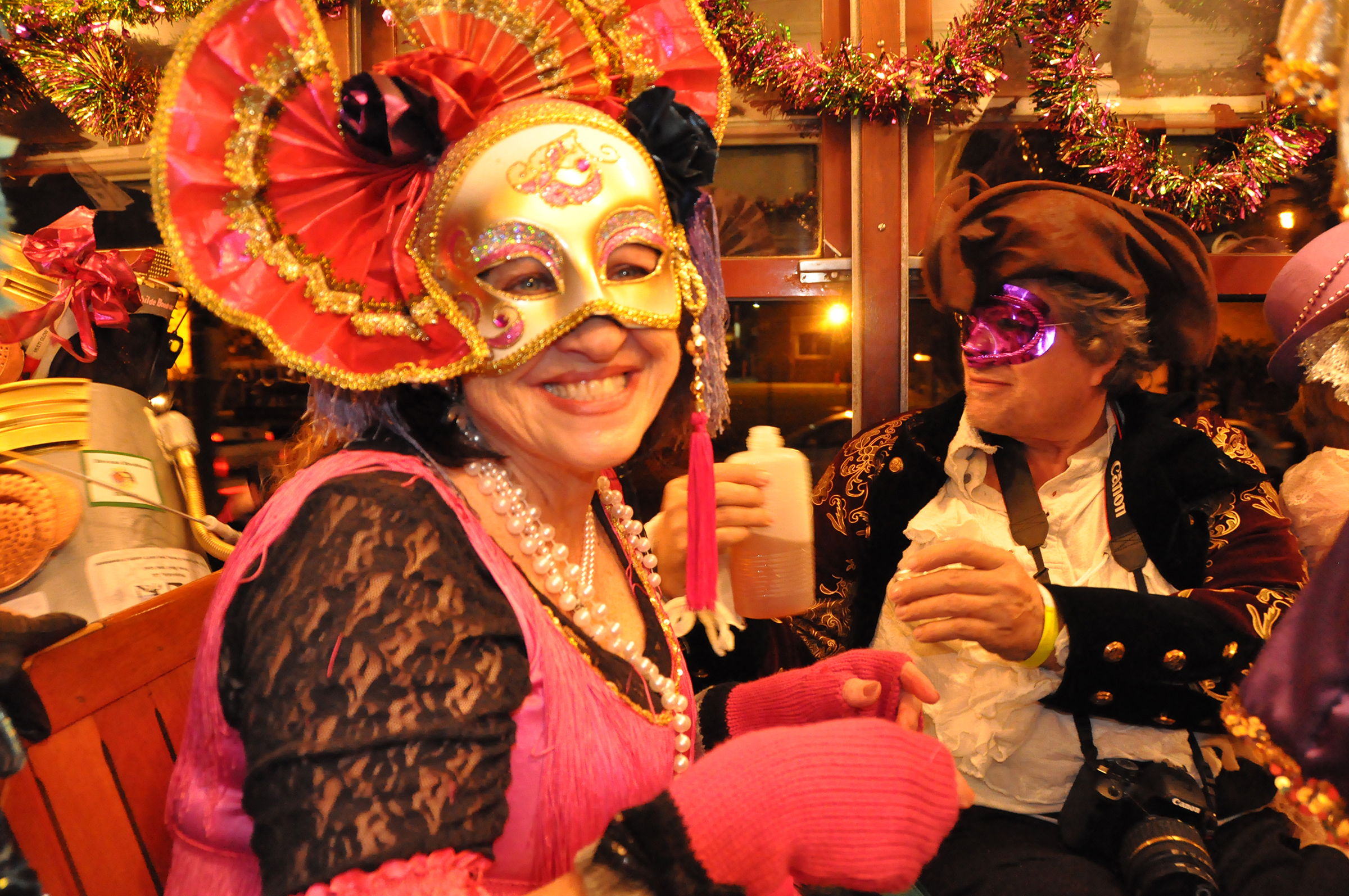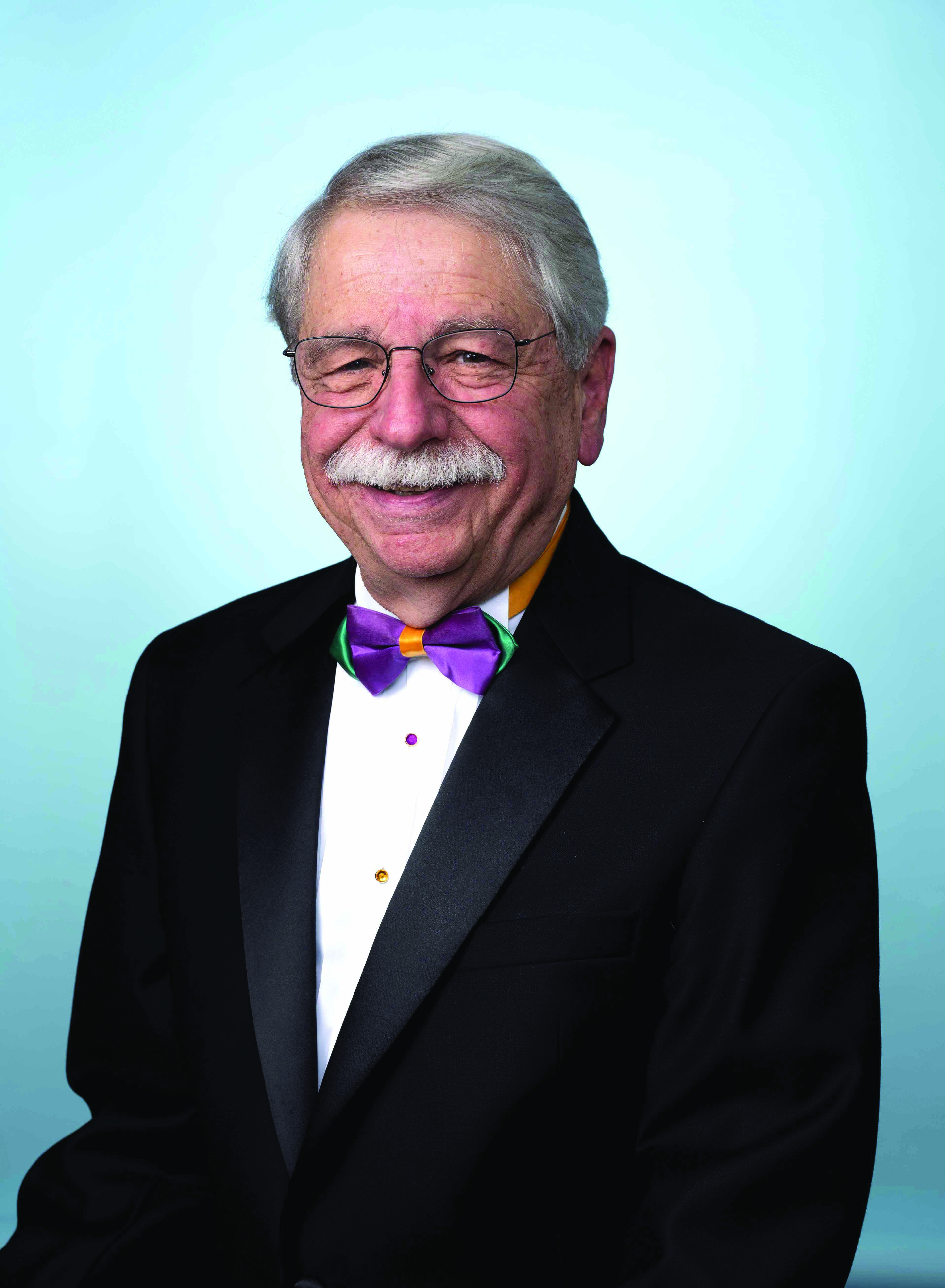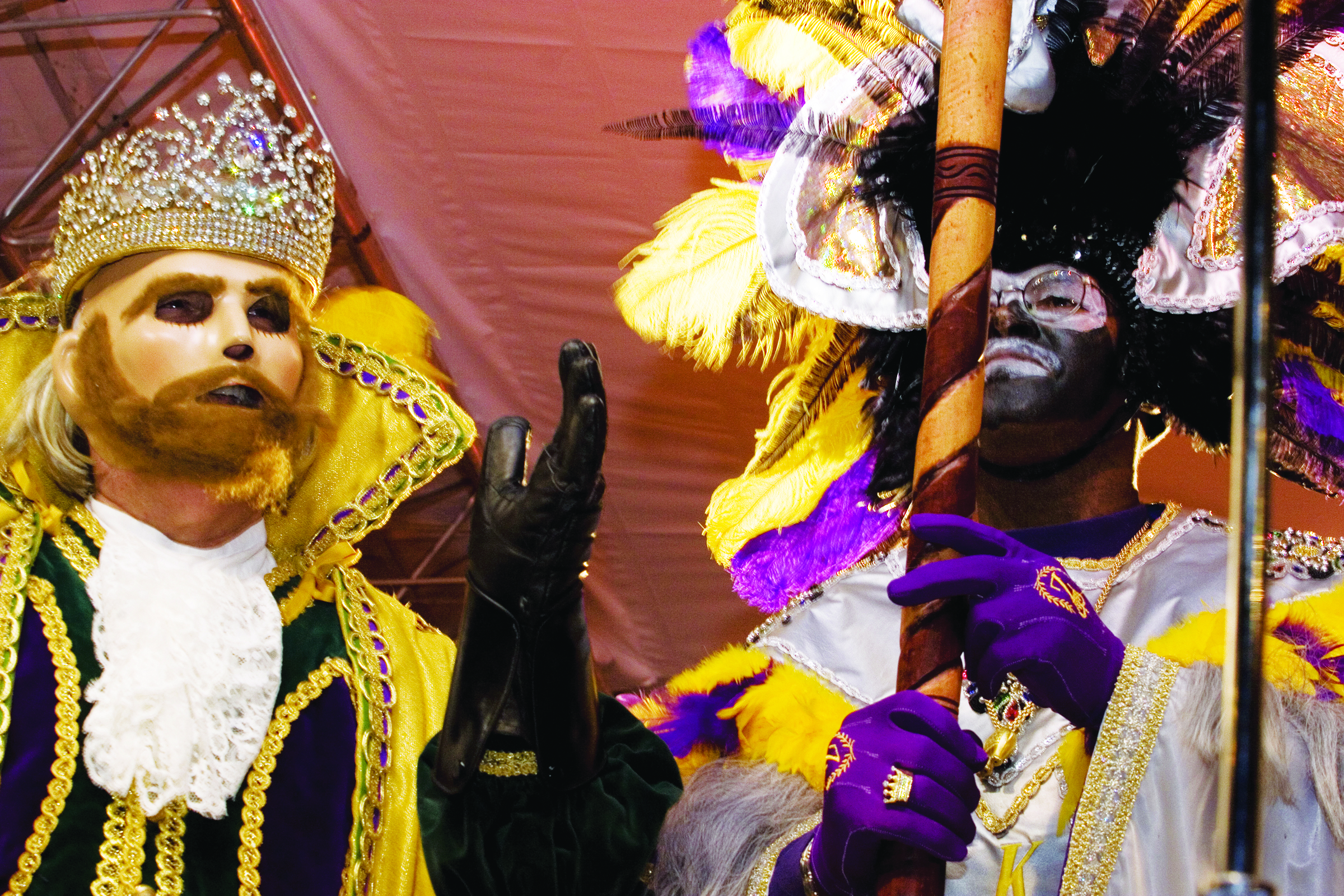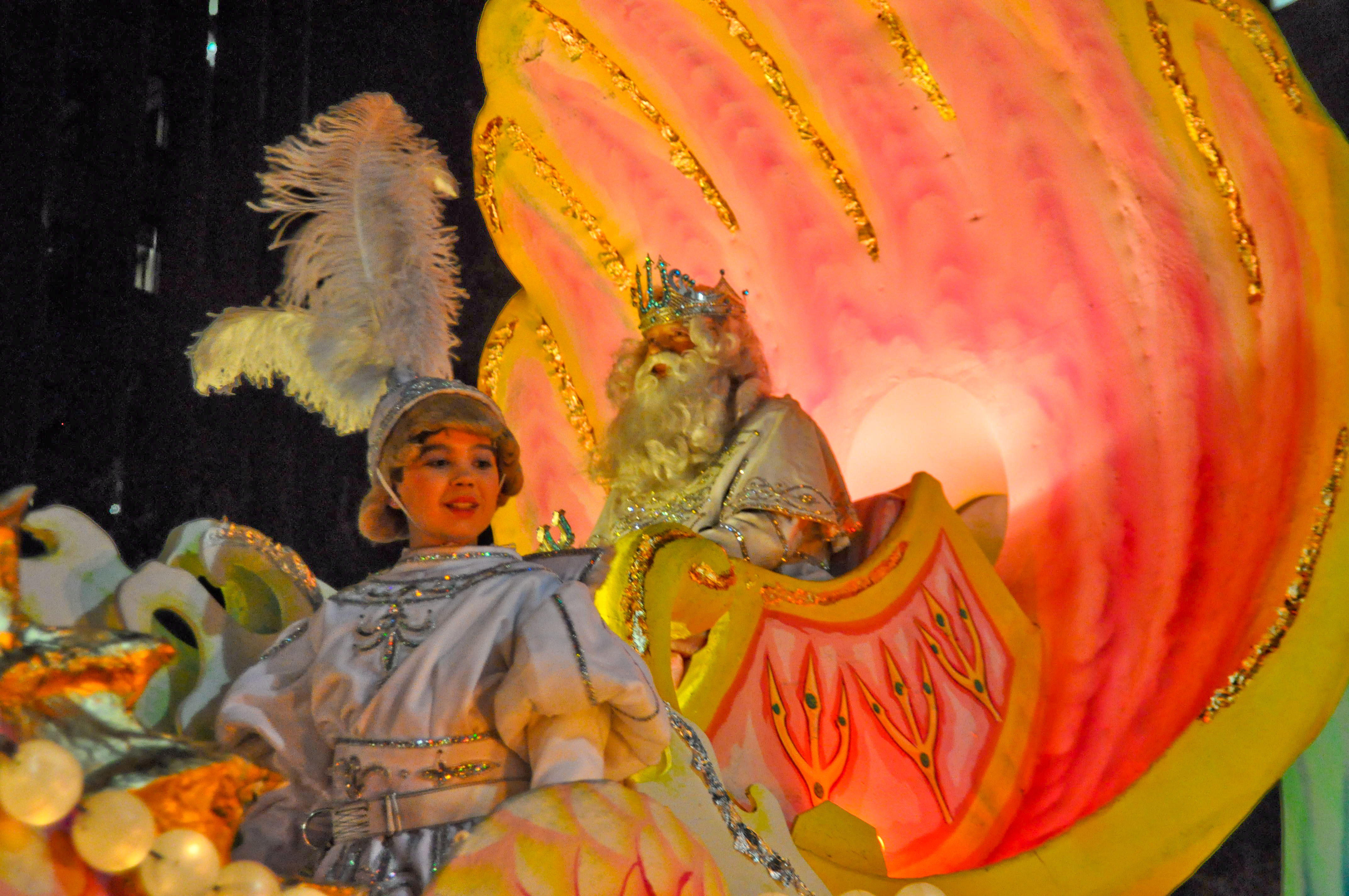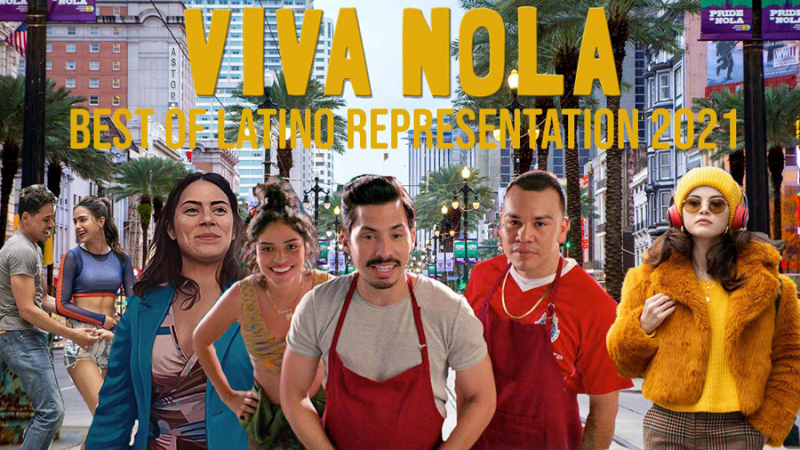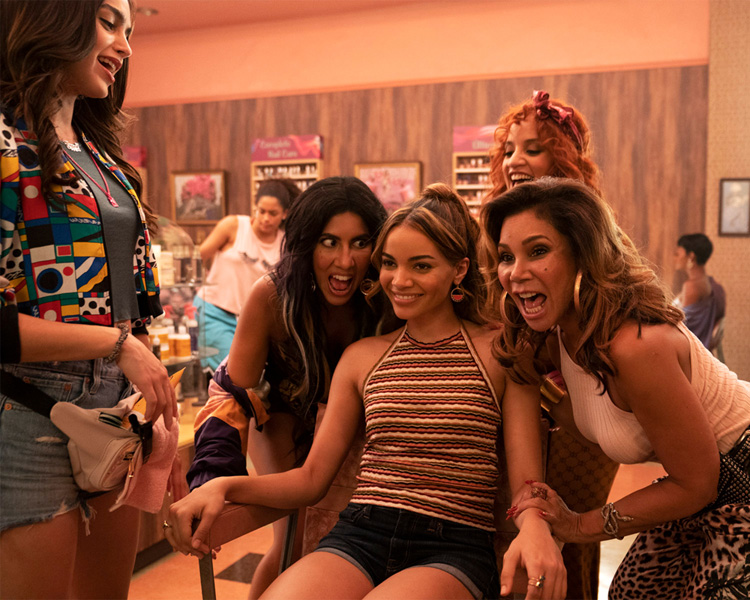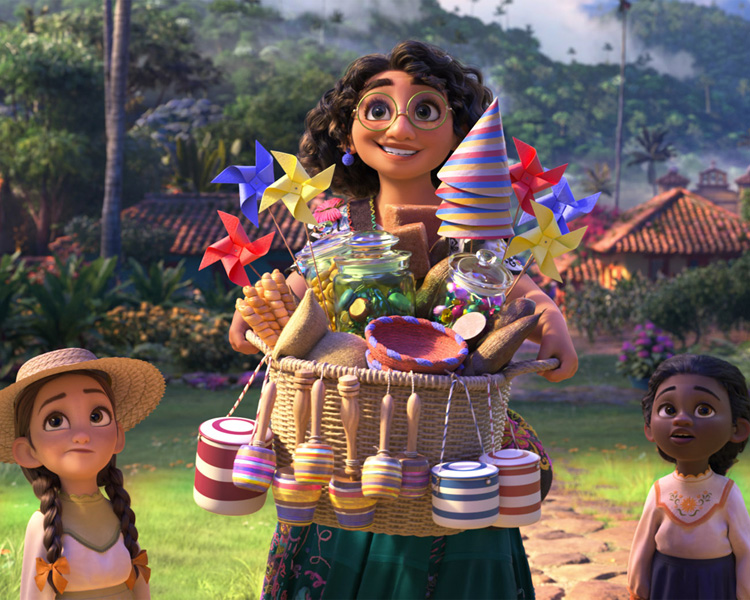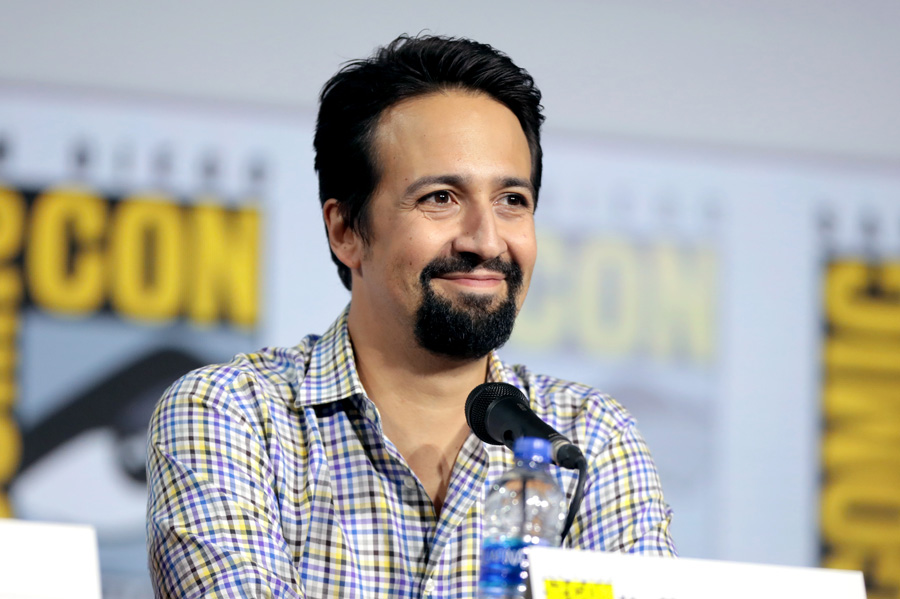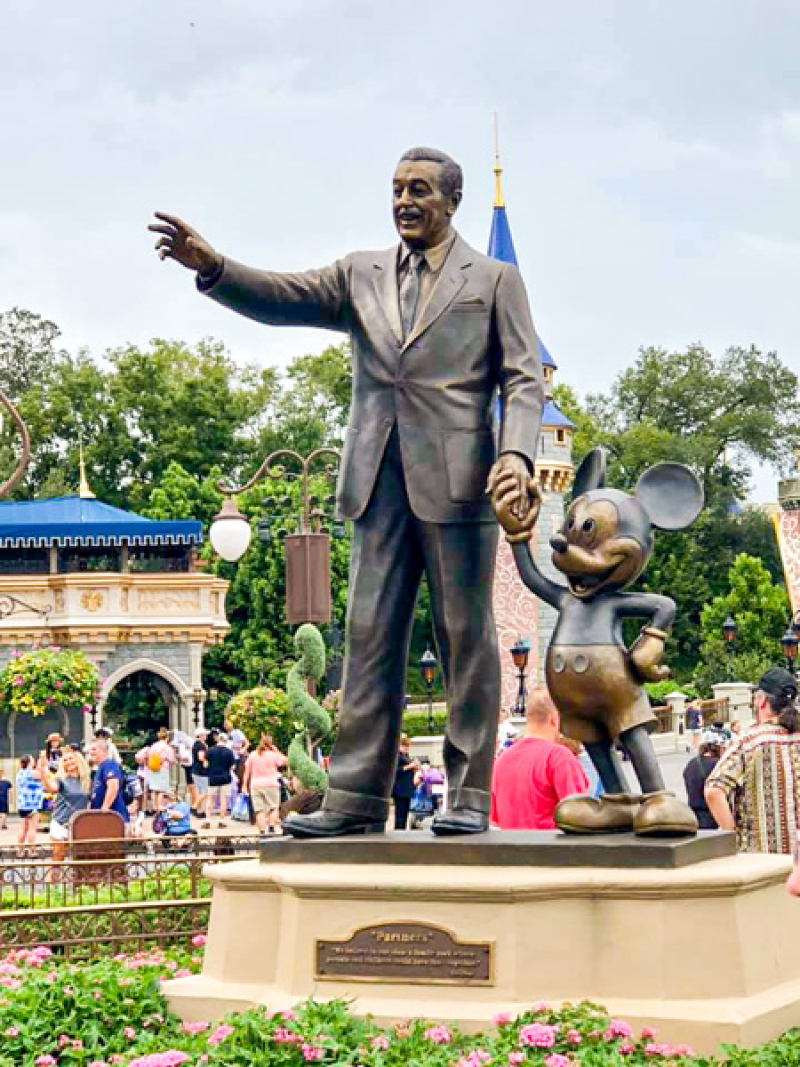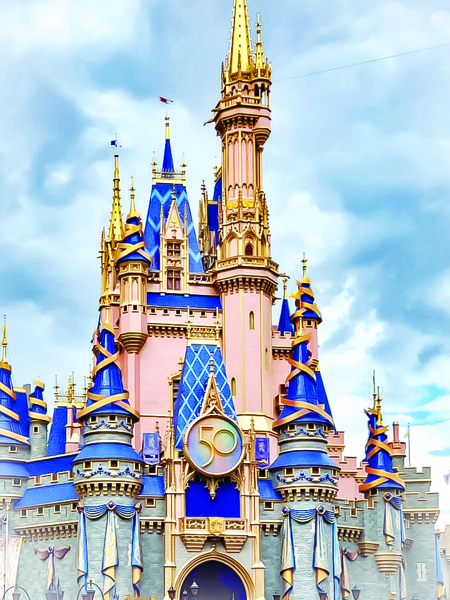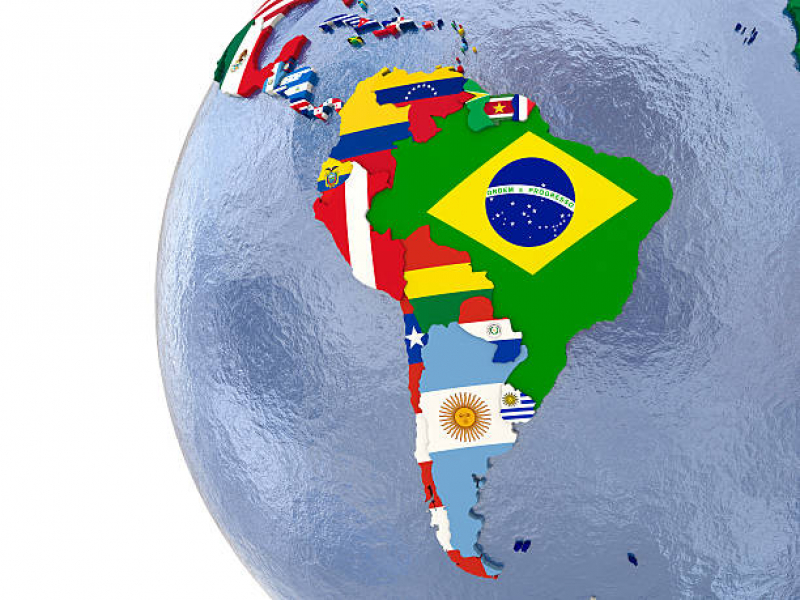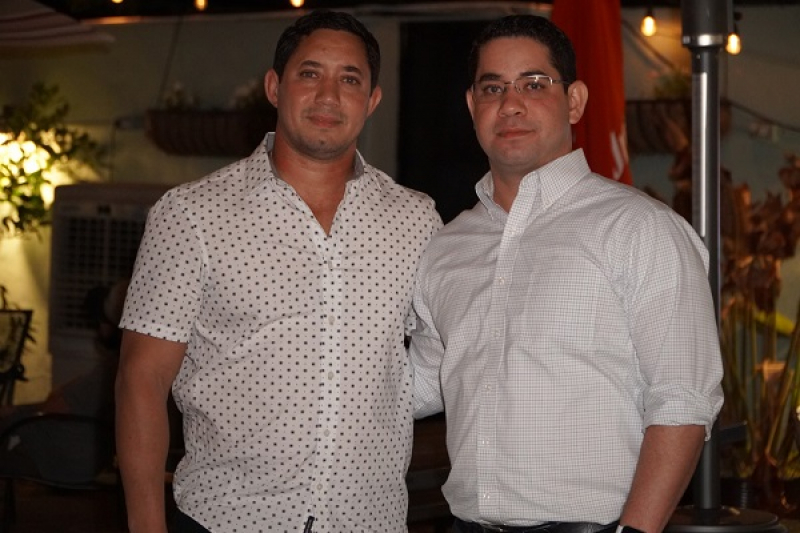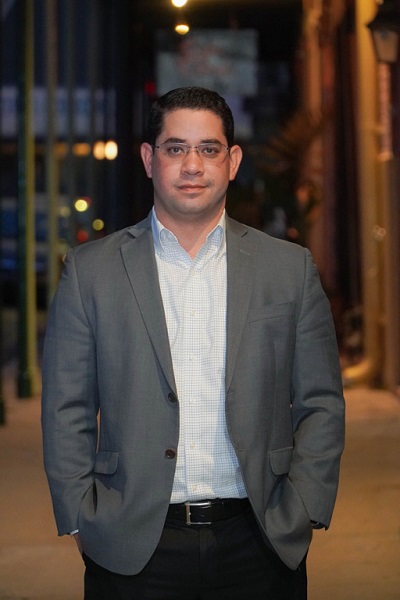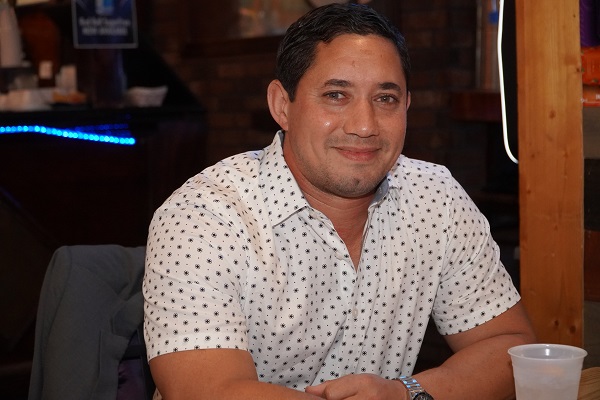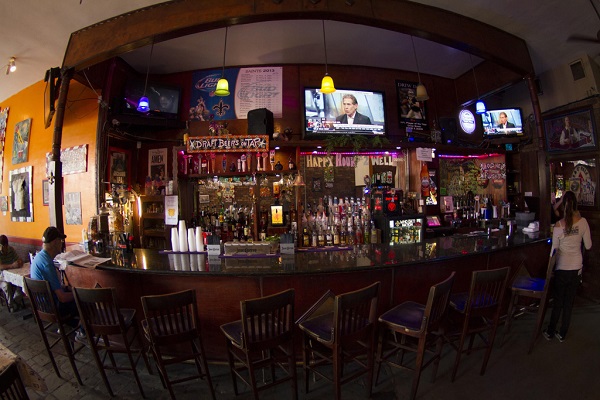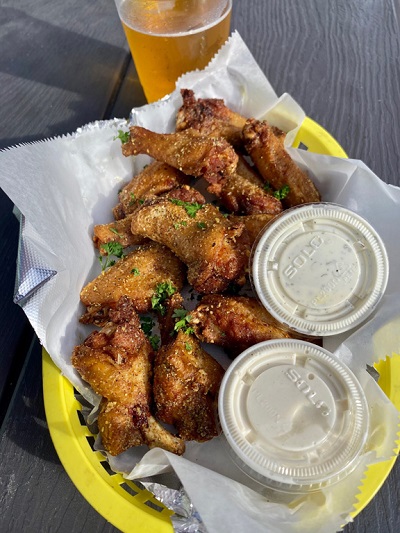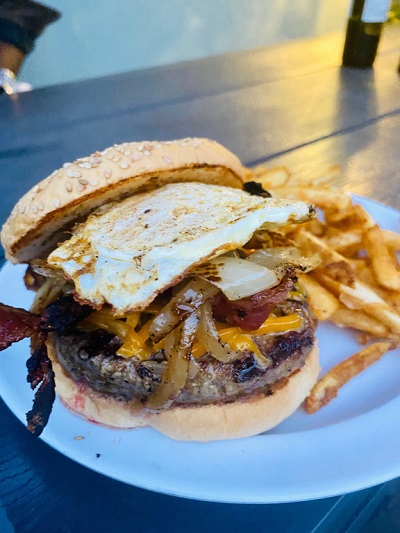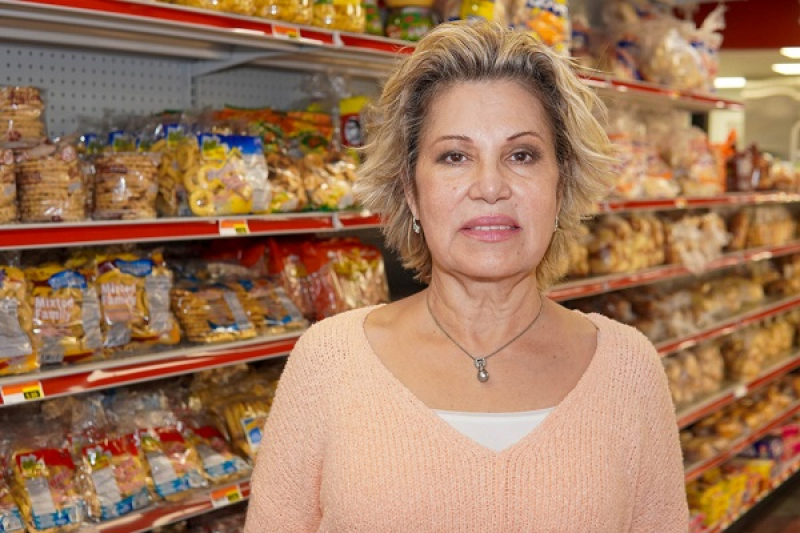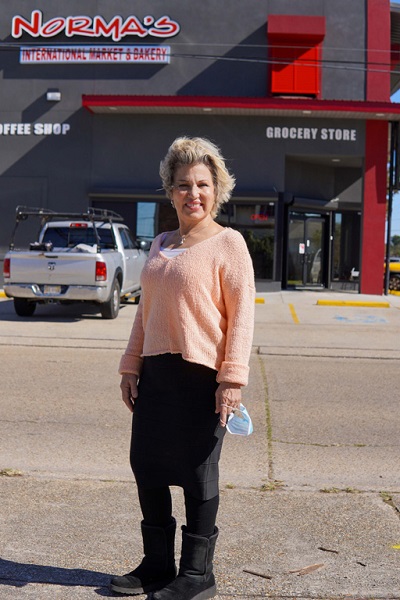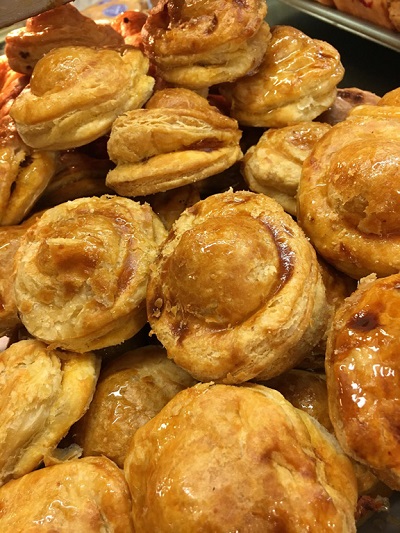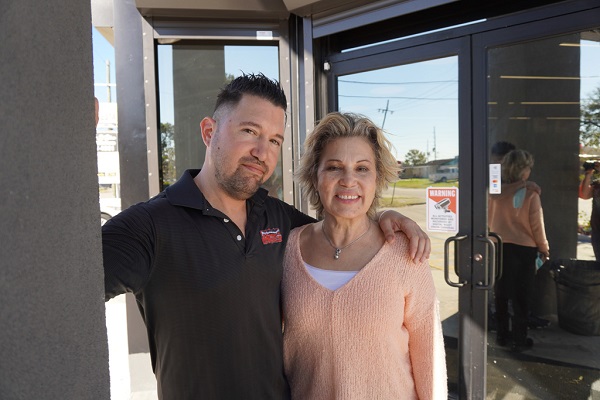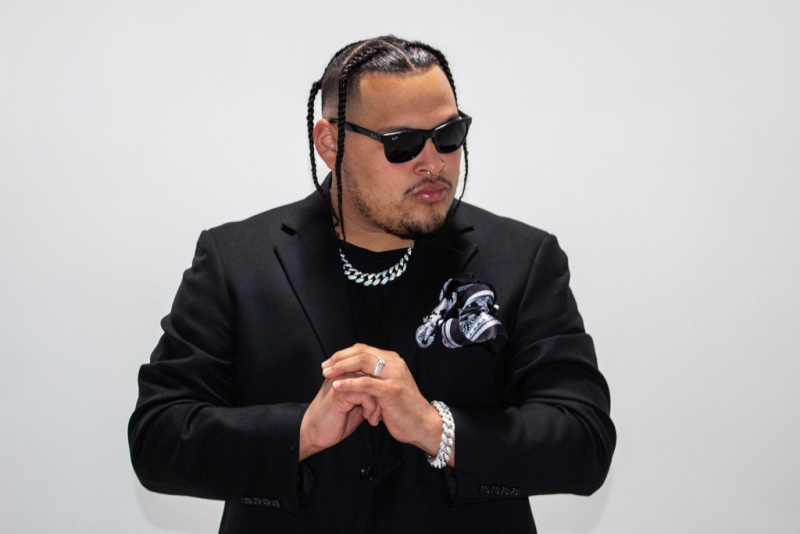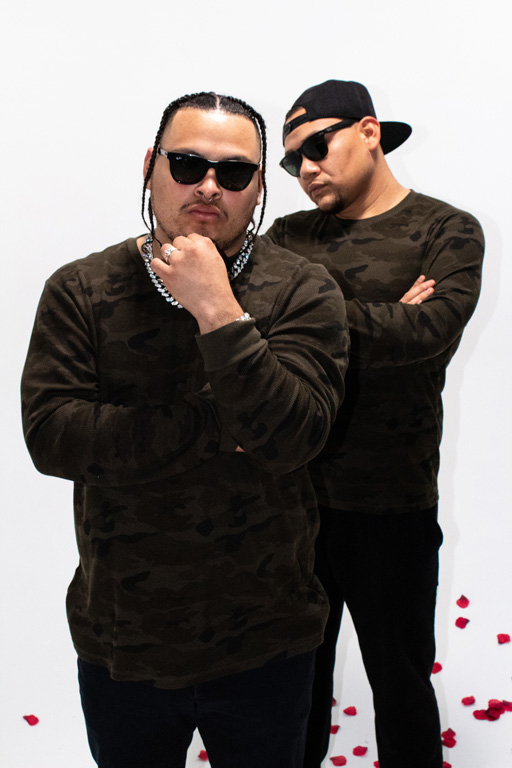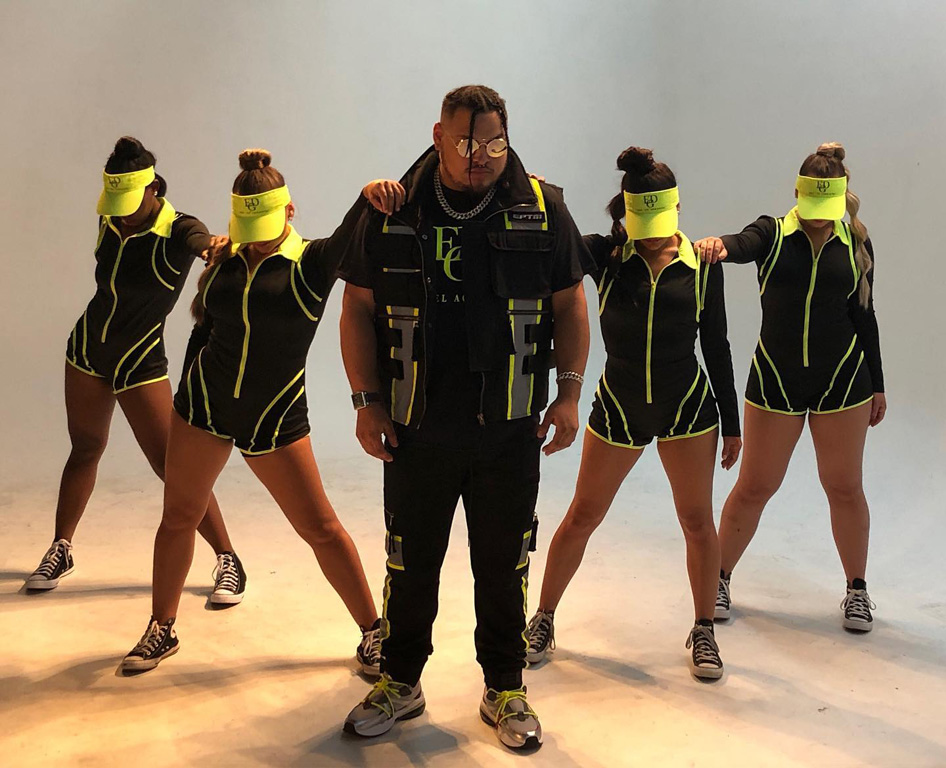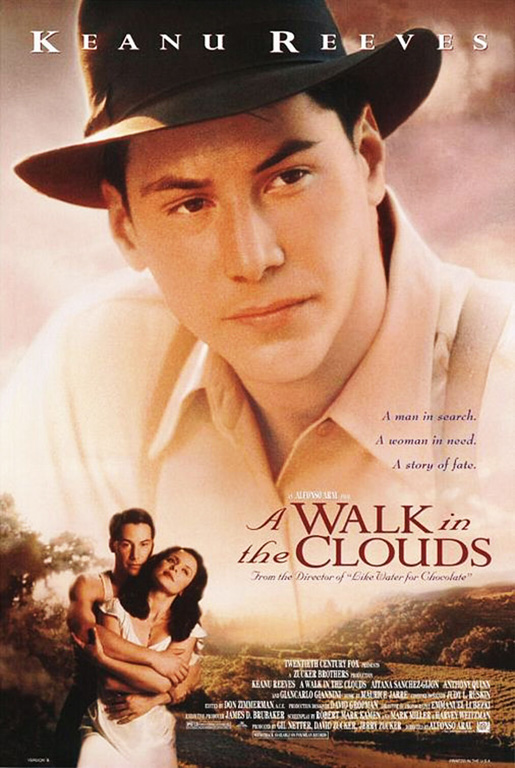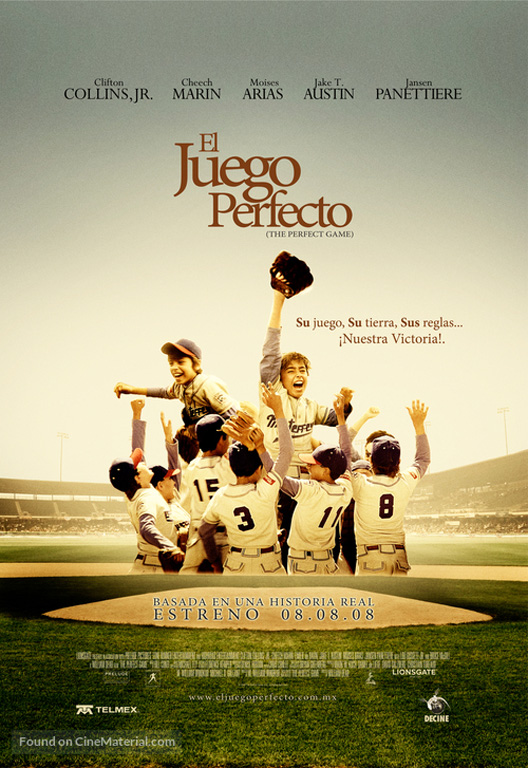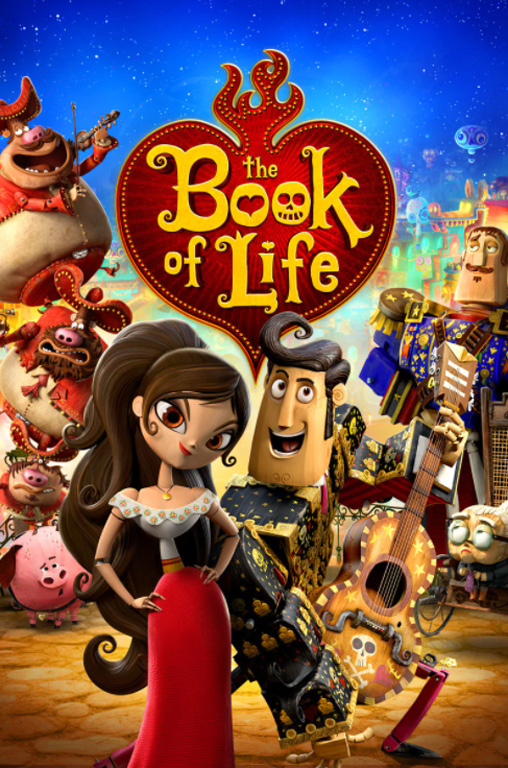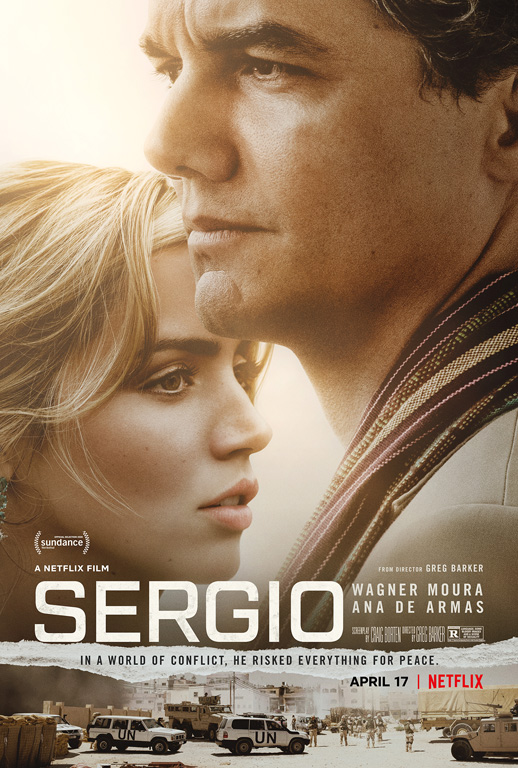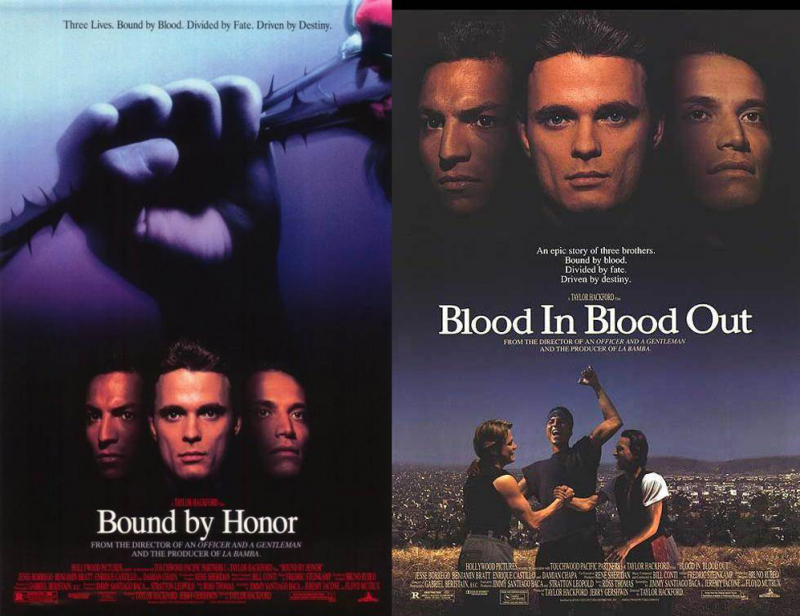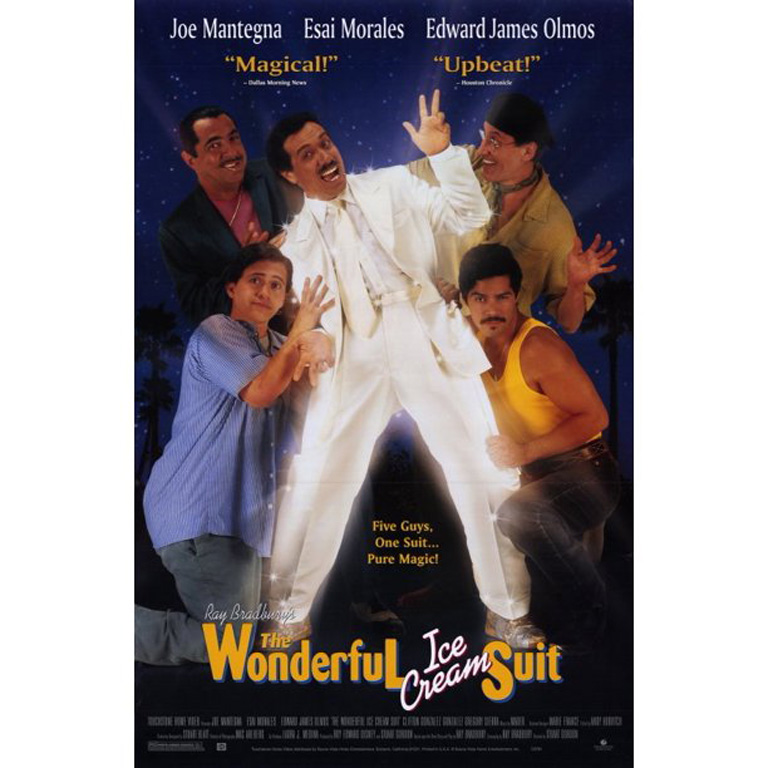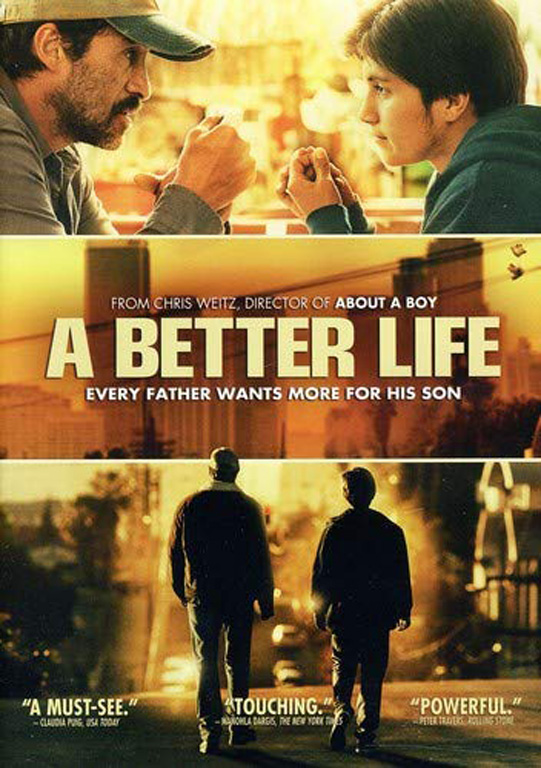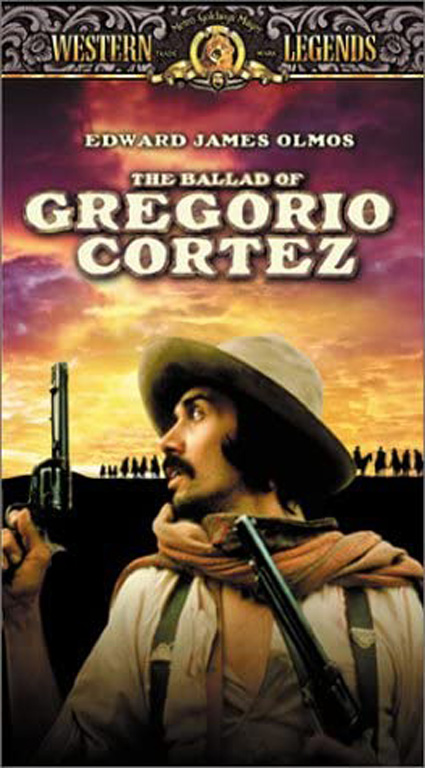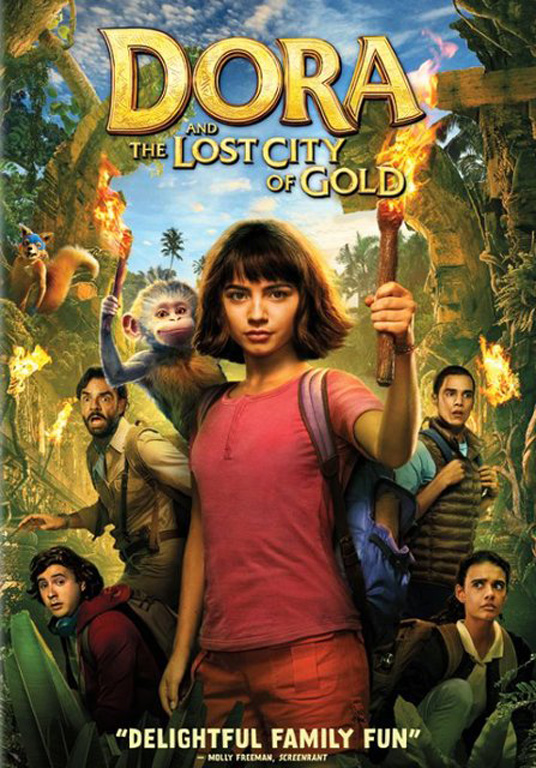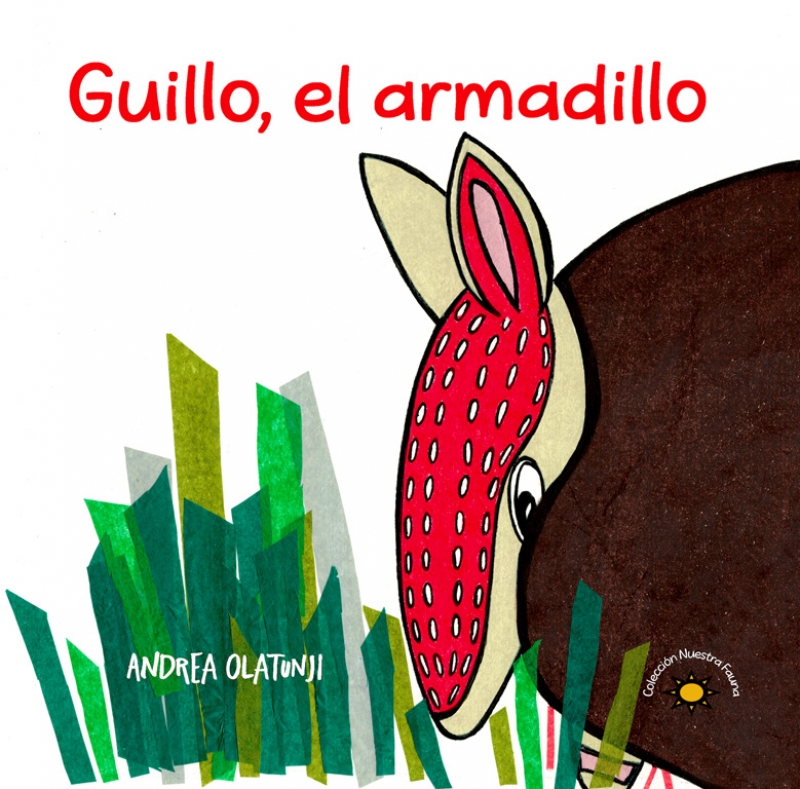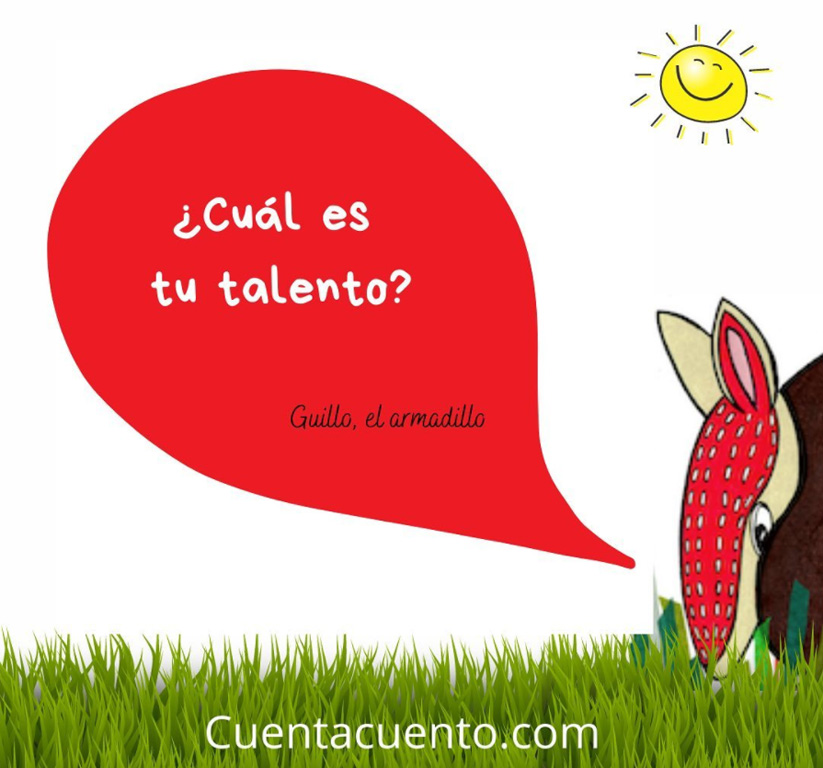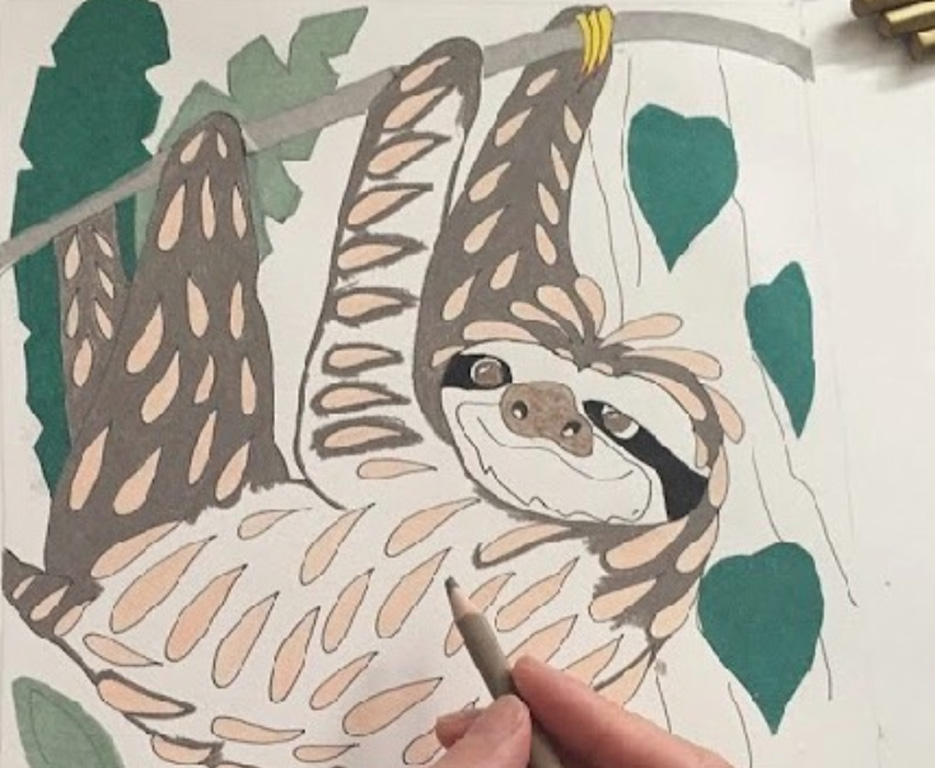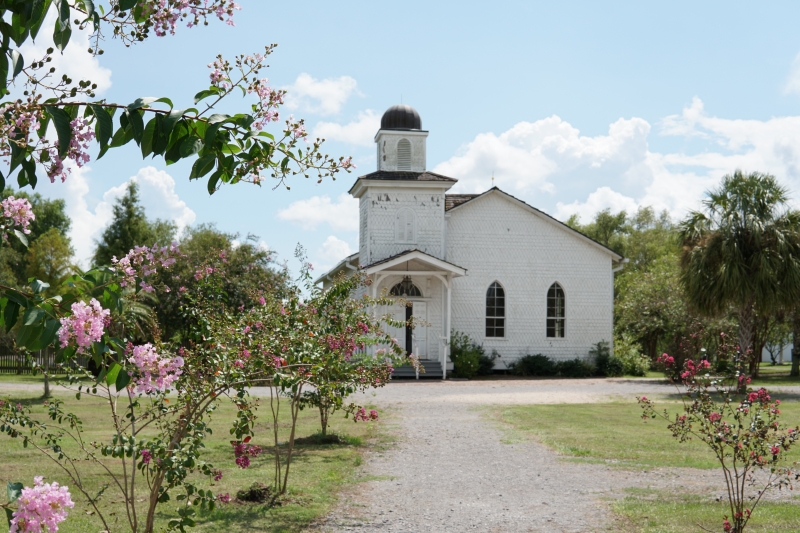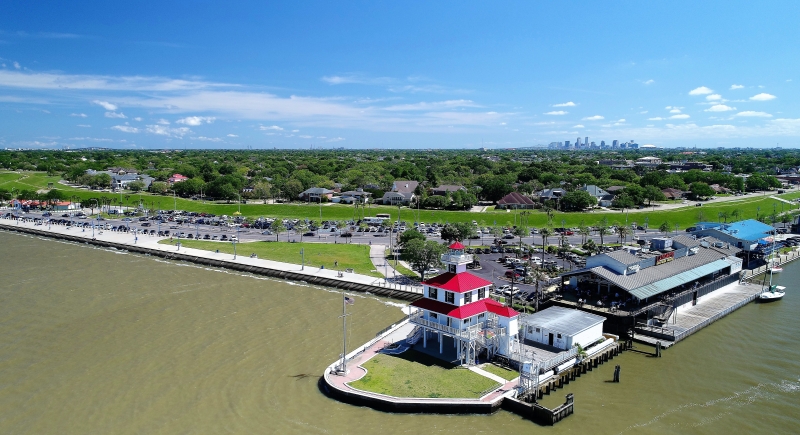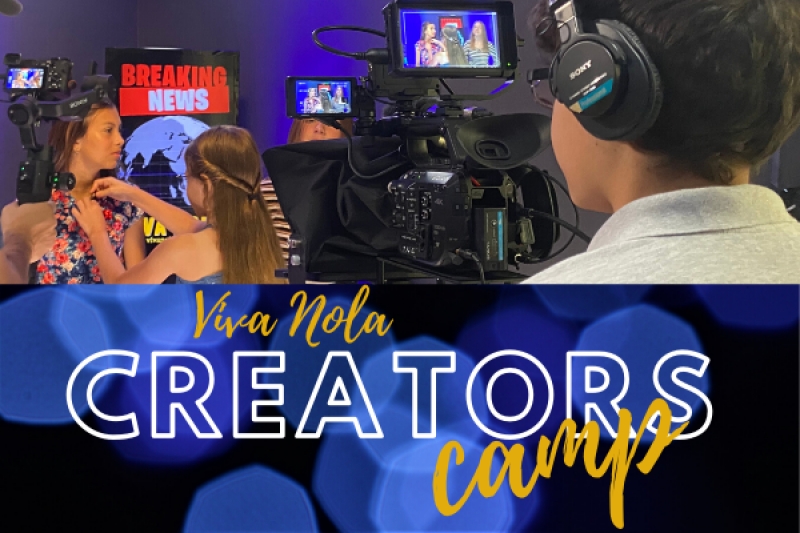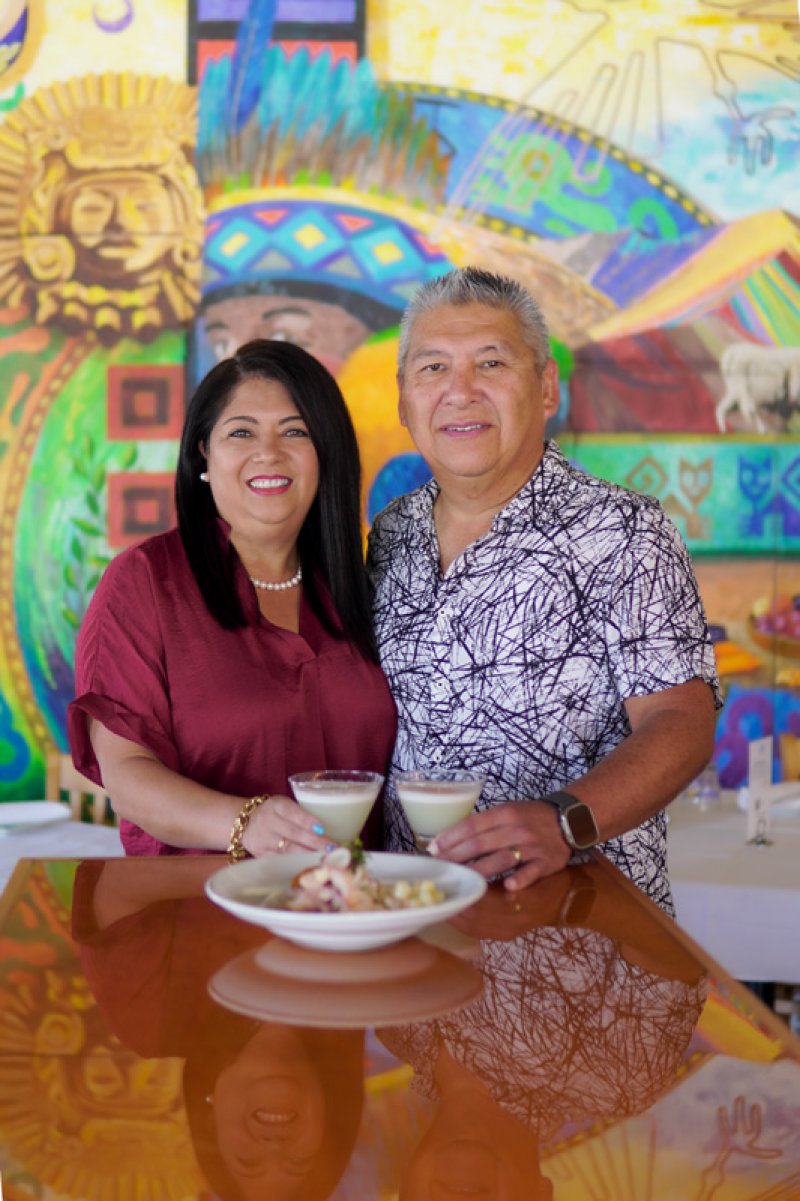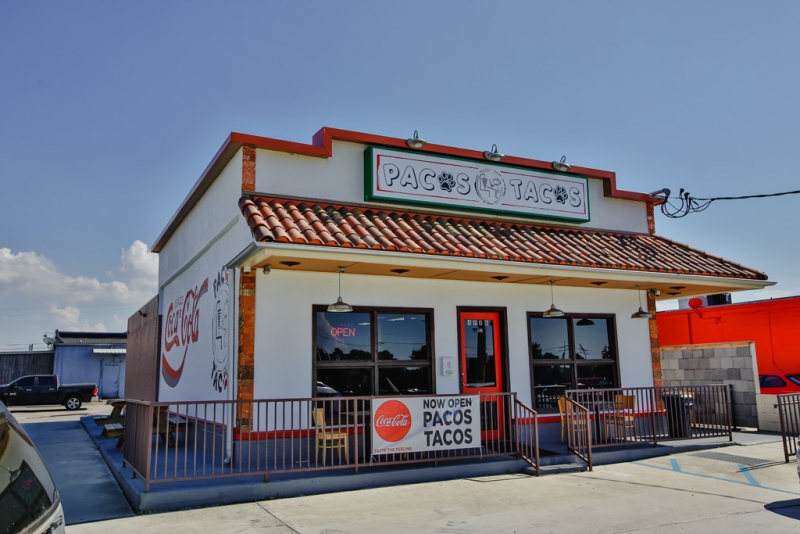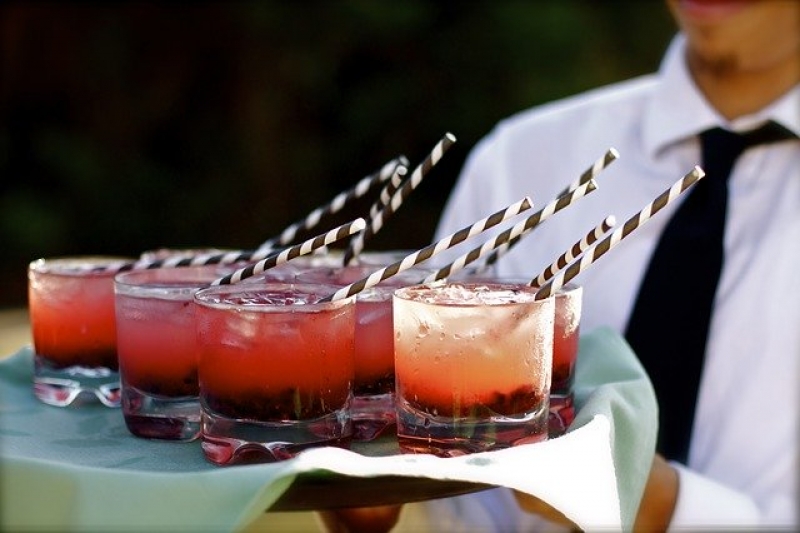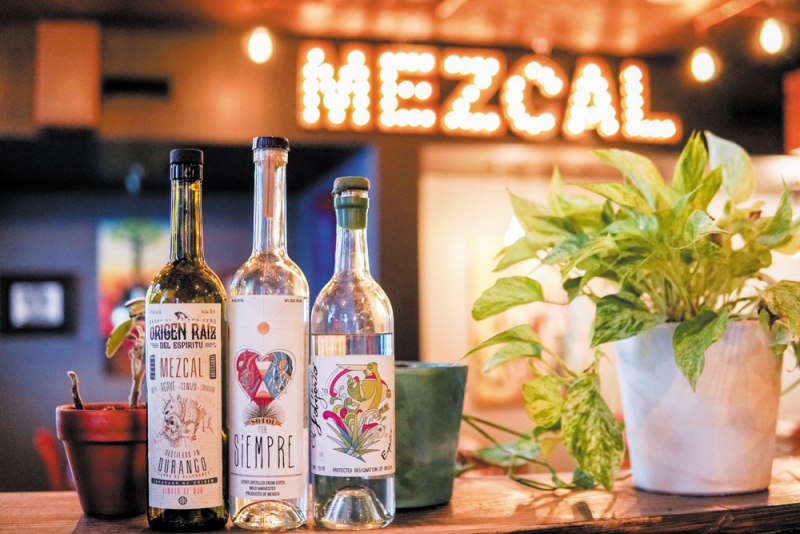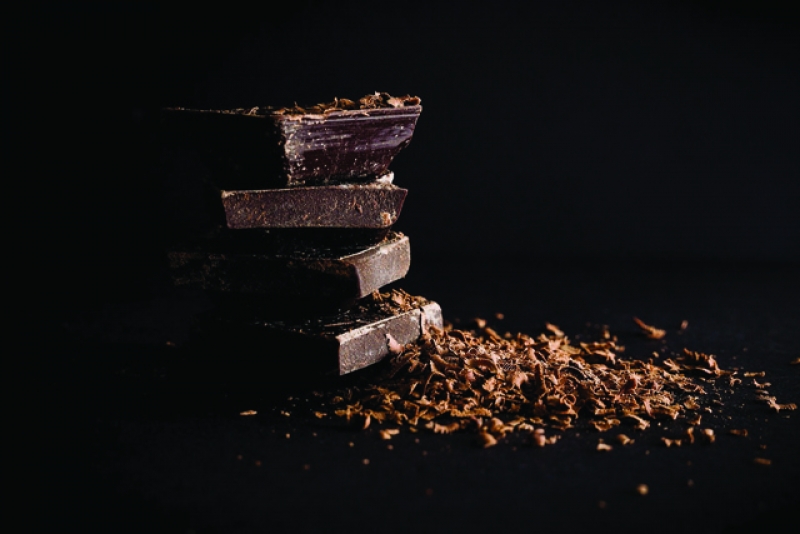VIVA LATIN AMERICA
By Ana García
Click aqui para español- >VIVA LATINO AMERICA
Hispanic Heritage Month is observed in the U.S. from September 15 through
October 15. How much do you know about Latin American / Hispanic countries?
Here are some cool facts about these beautiful nations.

Costa Rica
Capital: San José.
What country is “Pura Vida”, and its typical breakfast is “Gallo Pinto”? Costa
Rica, located in Central America, is one of the most biodiverse countries in
the world and is one of the few countries in the world with no army.
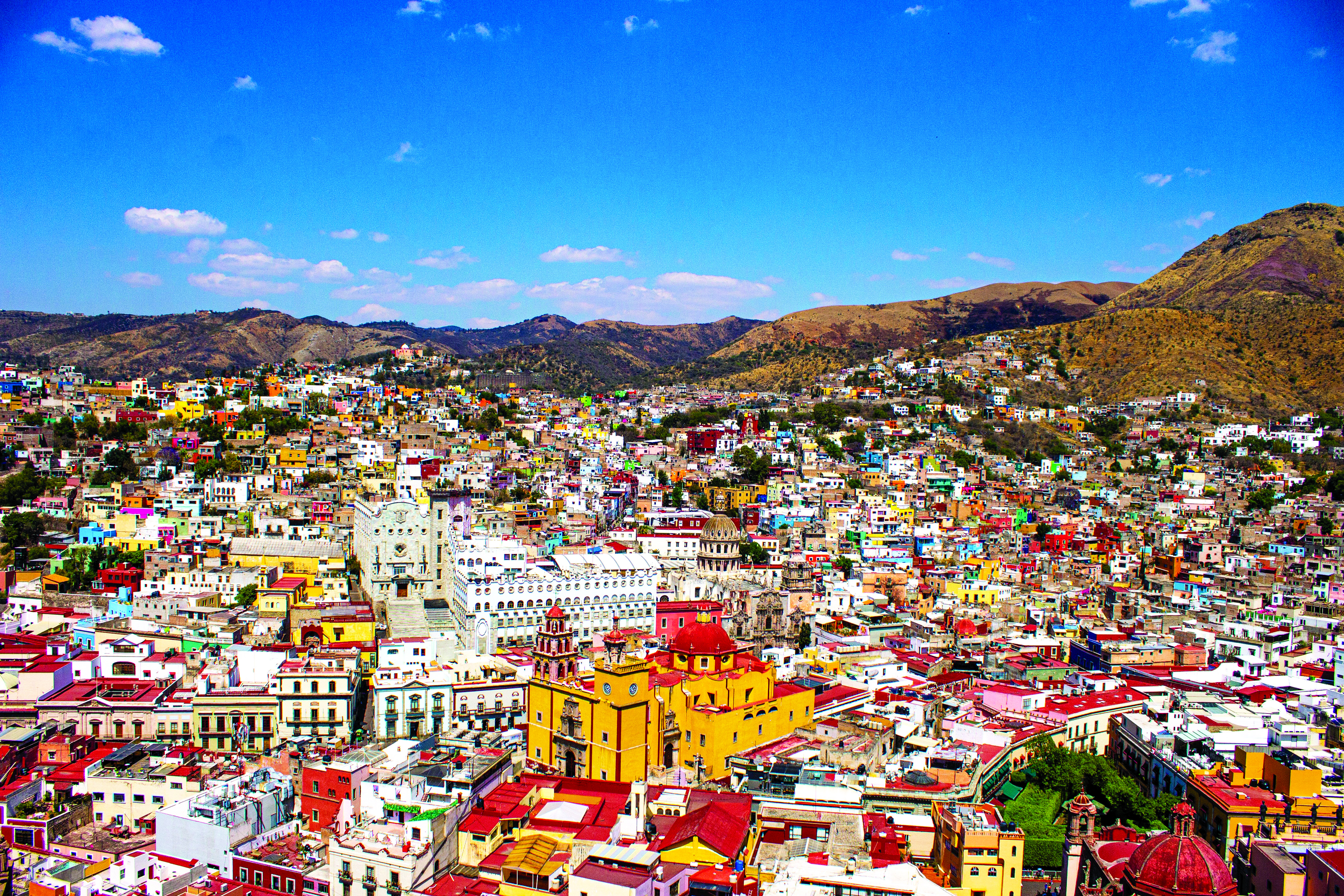
Mexico
Capital: Mexico City
Mexico has the largest square plaza in the world and the second most
visited Catholic sanctuary in the world.
Its capital city has over 170 museums, which makes it the second city in
the world with the largest number of museums.
The meteorite that wiped out dinosaurs millions of years ago hit the
Mexican Yucatan Peninsula.
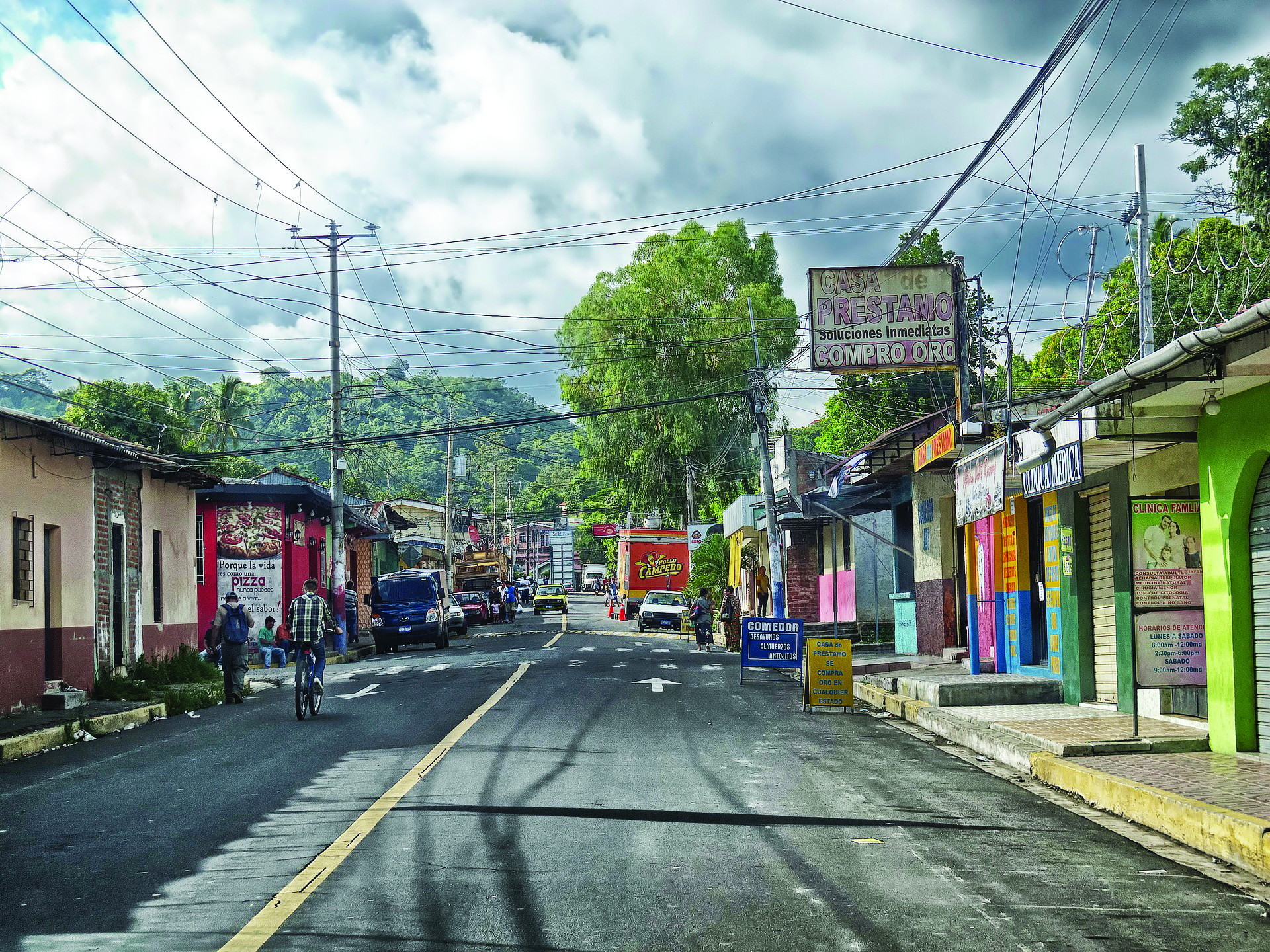
El Salvador
Capital: San Salvador
The delicious “pupusas” are known throughout Central America
but are originally from El Salvador.
It is the smallest country in Central America and is home to the
largest soccer stadium in Central America, the Estadio Cuscatlán.
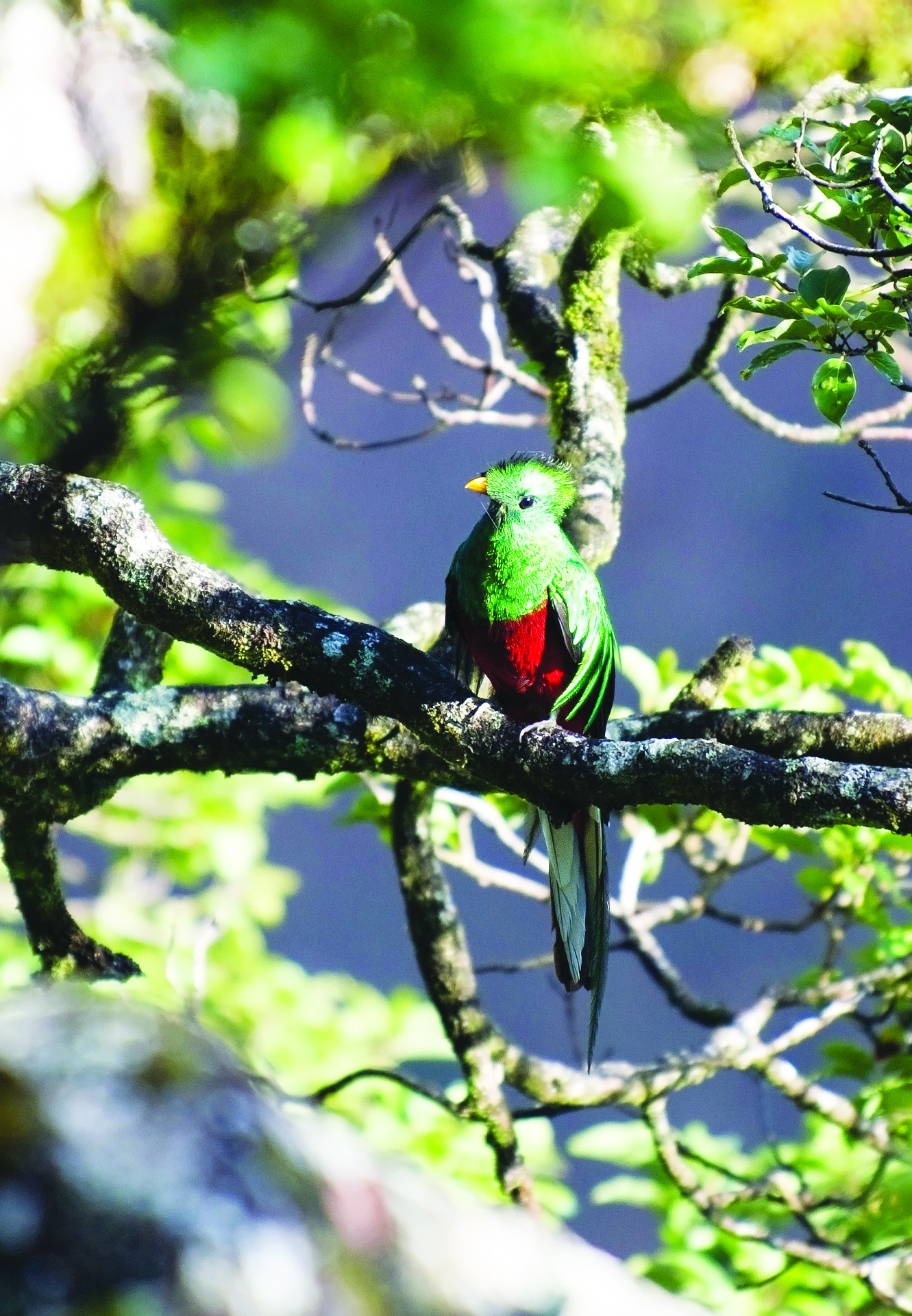
Guatemala
Capital: Guatemala City
The Mayan ruins of Tikal are today for this country, what the great pyramids
they are for Egypt, a national symbol. The national bird is the quetzal. The coin is named after the bird. Lake Atitlán is the deepest lake in Central America.
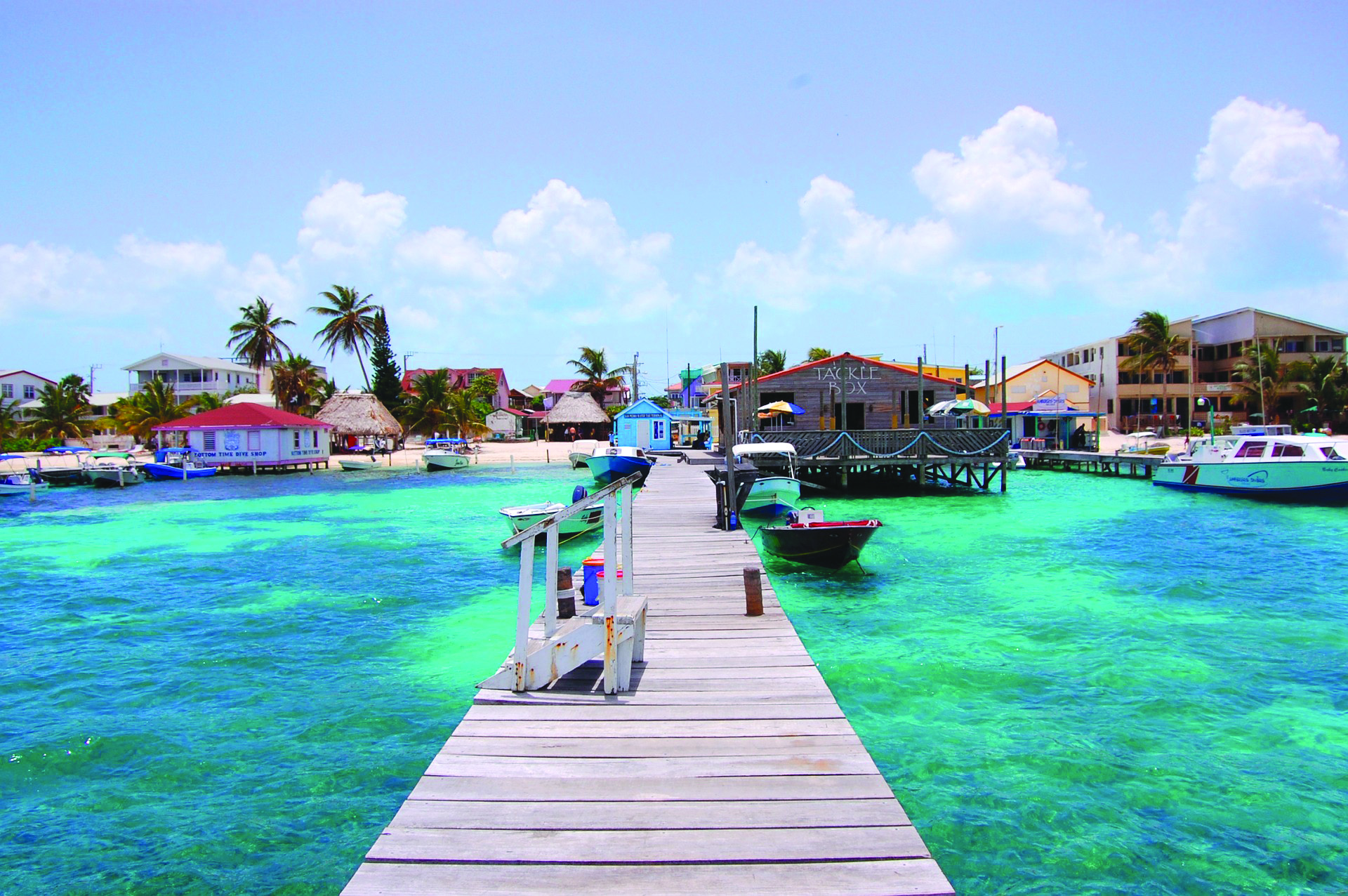
Belize
Capital: Belmopan
The song “La Isla Bonita” was written as a lament for the people of Belize and was later reworked by Madonna for her album in 1986. It has the most recently established capital city in in Central America, founded in 1970.
Queen Elizabeth II is the head of state, represented by a Governor General.
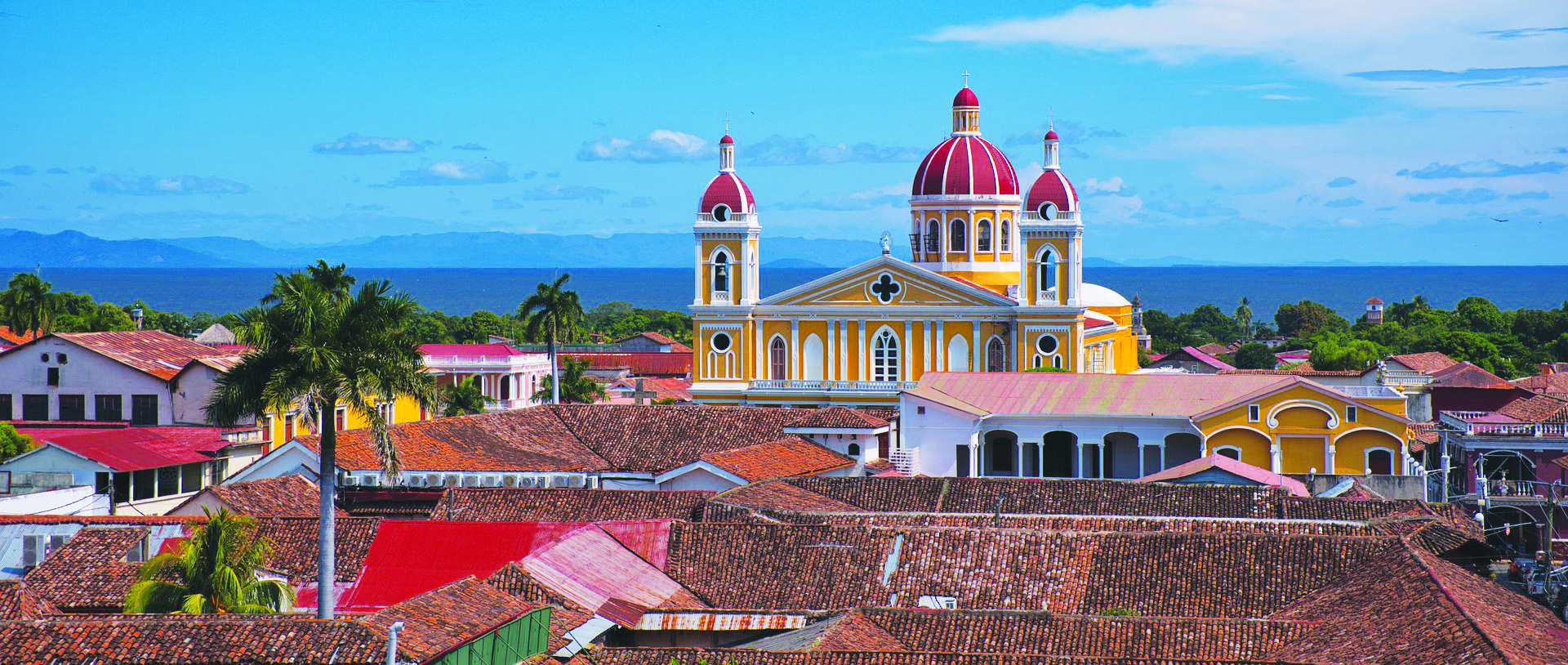
Nicaragua
Capital: Managua
Félix Rubén García Sarmiento, better known as Rubén Darío, is one of the most recognized poets in the Spanish language.
Lake Nicaragua is Central America’s largest lake.
Granada is the oldest city in Latin America. It was founded in 1524.

Honduras
Capital: Tegucigalpa
Honduras’ native dance, Punta, was declared by UNESCO as “Intangible Cultural Heritage of Humanity.”
Honduras is home to the second largest coral reef in the world after the Great Barrier Reef.
The Archaeological Park of Copán houses a Hieroglyphic Staircase that contains the largest written text in the world. Built in 755 AD.

Panamá
Capital: Panamá City / Ciudad de Panamá
Besides having one of the 7 wonders of the world, The Panama Canal, this country has spectacular flora and fauna.
The territory was controlled by the United States between 1903 and 1977.
It is the only country in the world where you can see the sunrise in the Atlantic Ocean and the sunset in the Pacific from the top of its highest point, the Barú volcano.
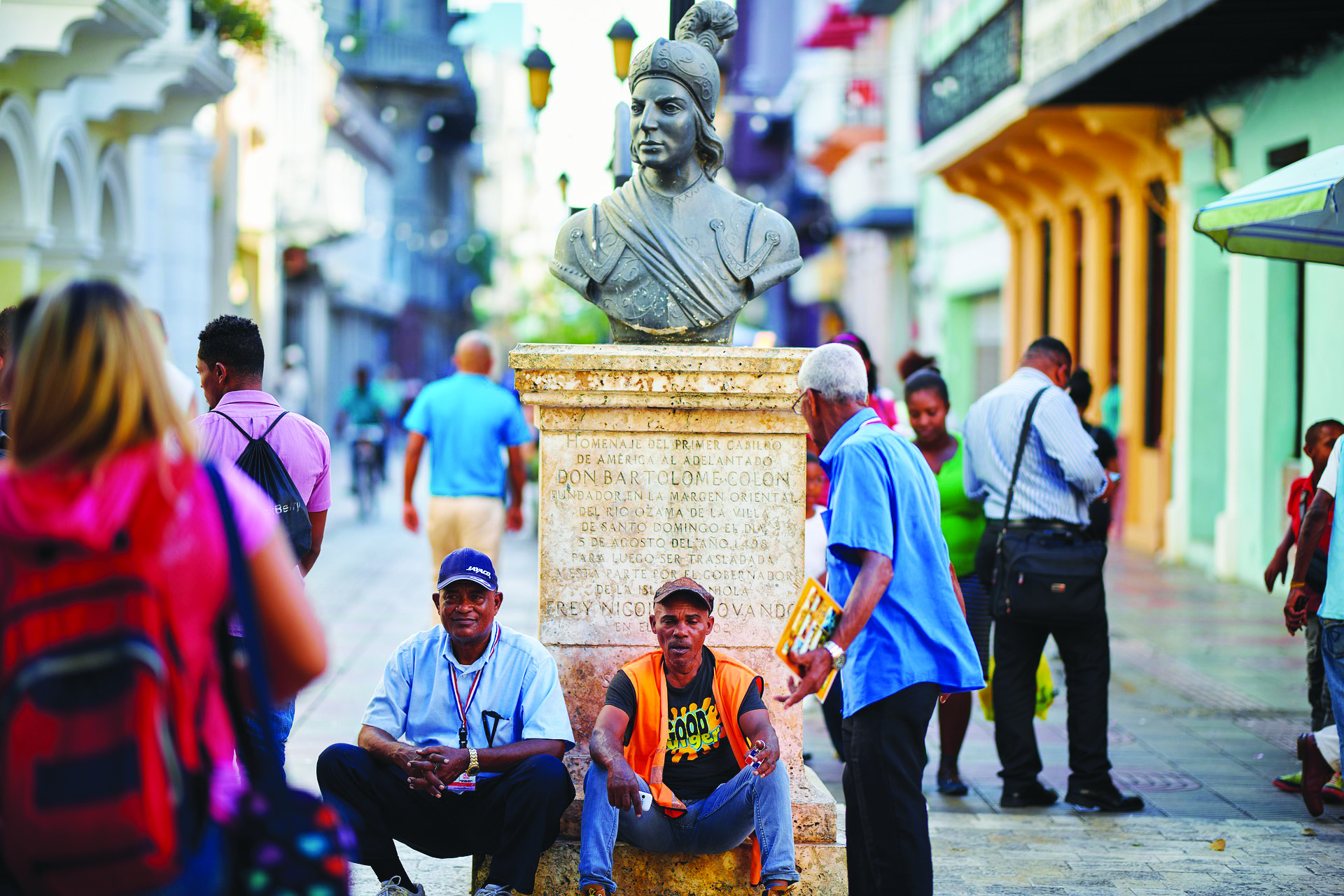
Dominican Republic
Capital: Santo Domingo
Merengue and bachata are unique Caribbean musical genres heard around the planet and deemed world heritage.
The Dominican Republic is the site of the oldest colonial settlement in the Americas and home to Christopher Columbus’s first New World landing point in 1492.It is the largest economy in the Caribbean and Central American region.
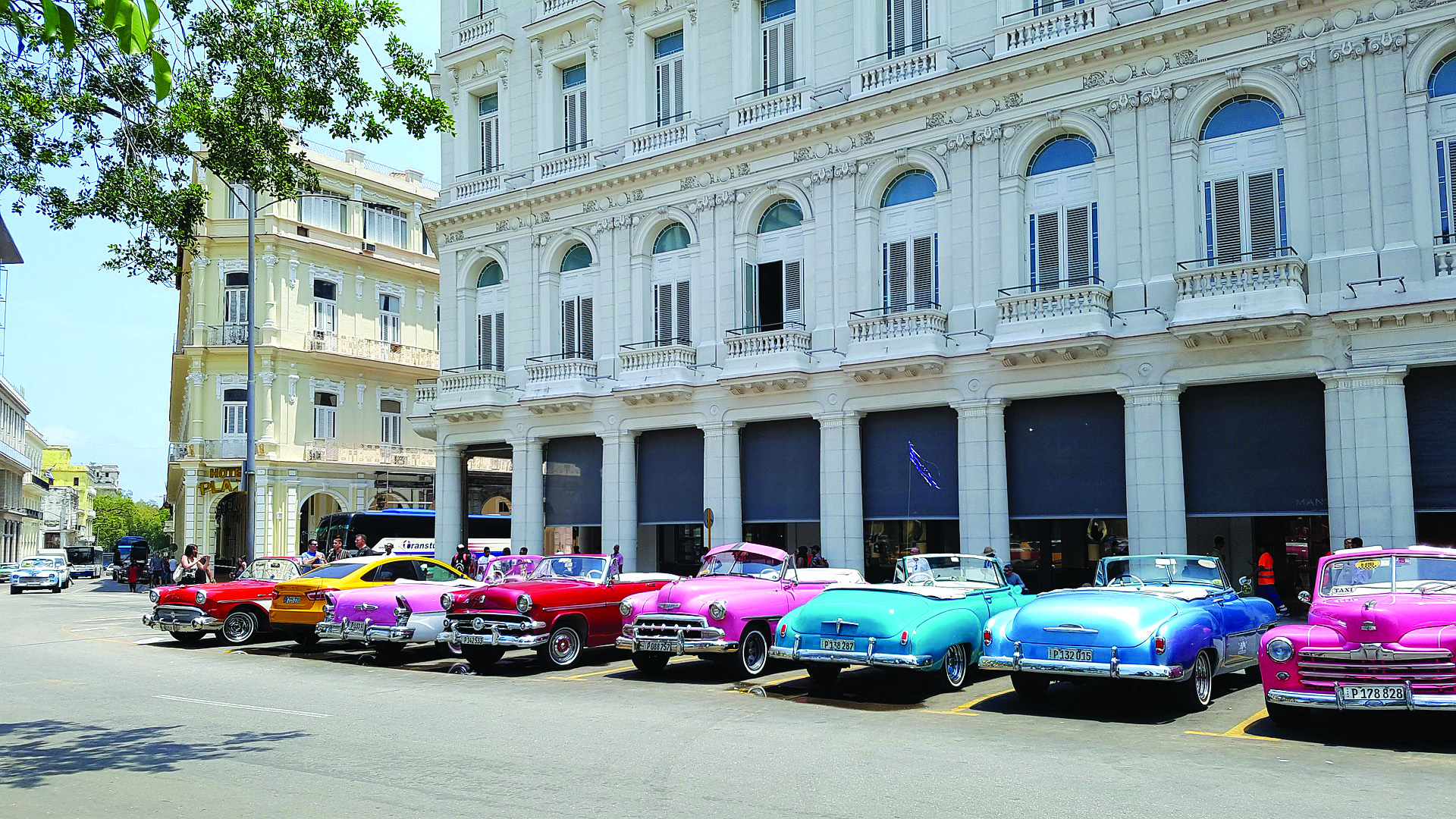
Cuba
Capital: La Habana / Havana
This country is known all over the world for its famous cigars and for having one of the most popular Latin singers of the 20th century, Celia Cruz ... “¡Azúcar!”
Cuba is home to the bee hummingbird, the smallest bird in the world.
Its main music genre is son Cubano, which is a unique mix of instruments like bongos, trumpets, keys and the tres guitar.
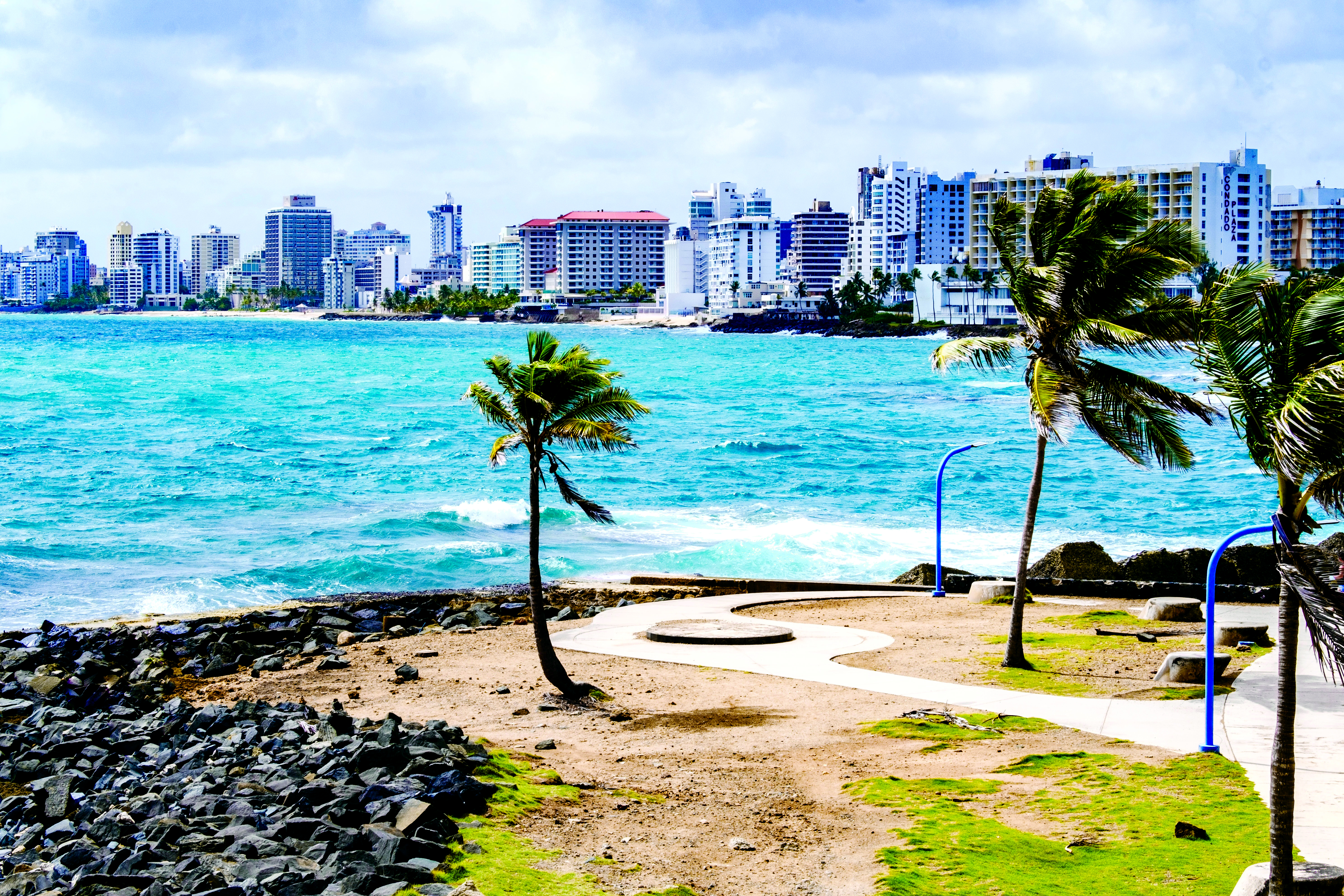
Puerto Rico
Capital: San Juan
Casa Bacardi is the largest rum distillery in the world. It is so large that more than 70% of the rum sold in the United States comes from this country.
Puerto Rico has the largest shopping center in the Caribbean, Plaza las Americas.
The remains of the Spanish explorer Juan Ponce de León are found in a tomb inside the Cathedral of San Juan.
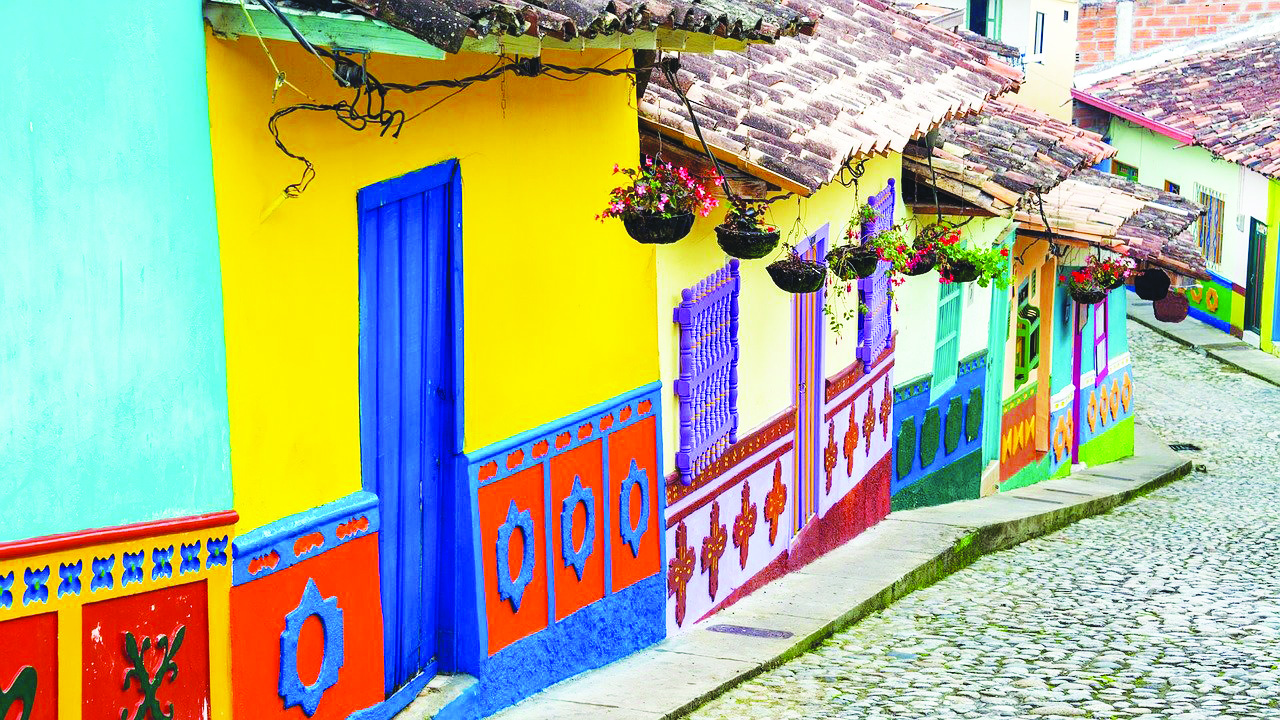
Colombia
Capital: Bogotá
Colombia is recognized worldwide for its delicious coffee, and for its music such as cumbia, vallenato, and salsa. Traditional meals include the Bandeja Paisa, Sancocho, and Pandebono.
It has a naturally occurring Rainbow River, the Caño Cristales. The river’s vibrant water and unique colors are found in no other streams on Earth.
90% of the world’s emeralds come from this Colombia.
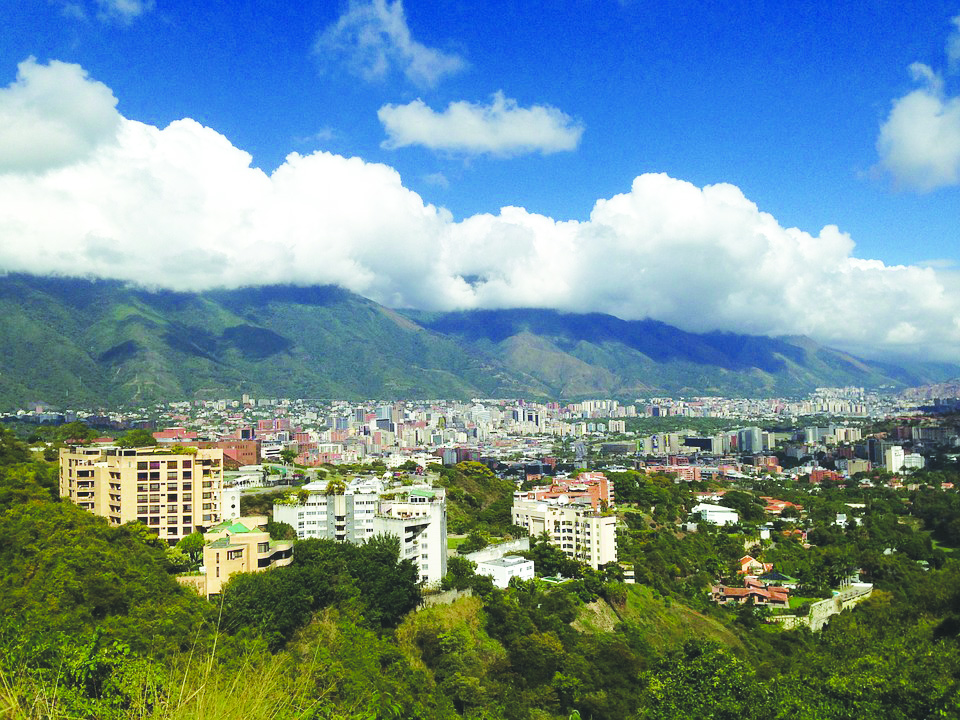
Venezuela
Capital: Caracas
This country is known for having the highest waterfall in the world, Angel Falls, which was Disney’s inspiration for the creation of one of his films “UP.”
NASA declared Lake Maracaibo the thunderstorm capital of the world.
Canaima National Park is a jewel of natural splendor comprised of some of the oldest landforms on earth. It is one of the largest national parks in the world.
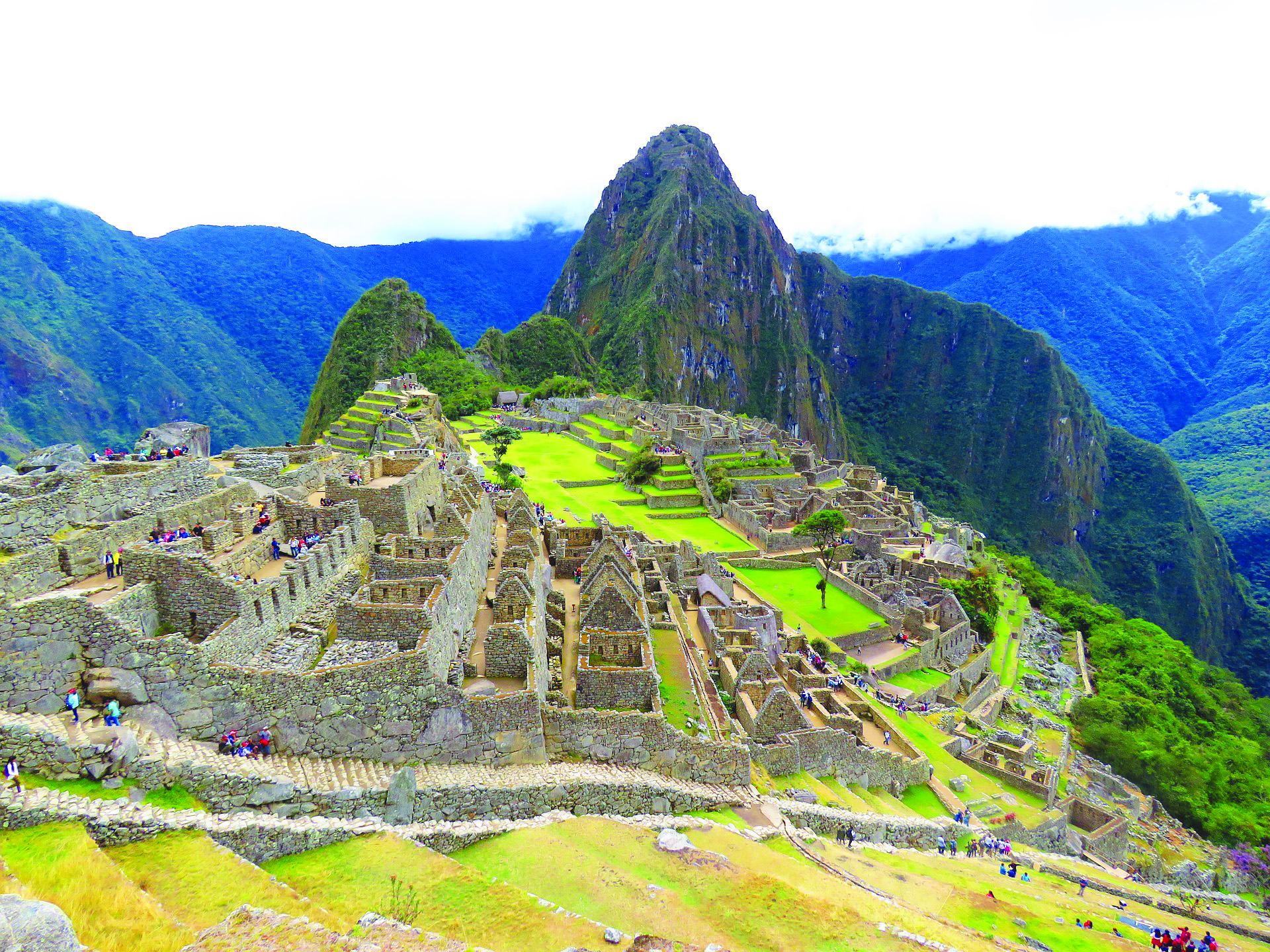
Perú
Capital: Lima
In this country you can find 12 examples of UNESCO world heritage sites and more than 100,000 archaeological sites: being Machu Picchu, one of them.
It has the highest sand dune in the world: Cerro Blanco in the Sechura Desert.
It has the tallest flower in the world, the Puya Raimondi plant that is only found in the high peaks of the Andes.
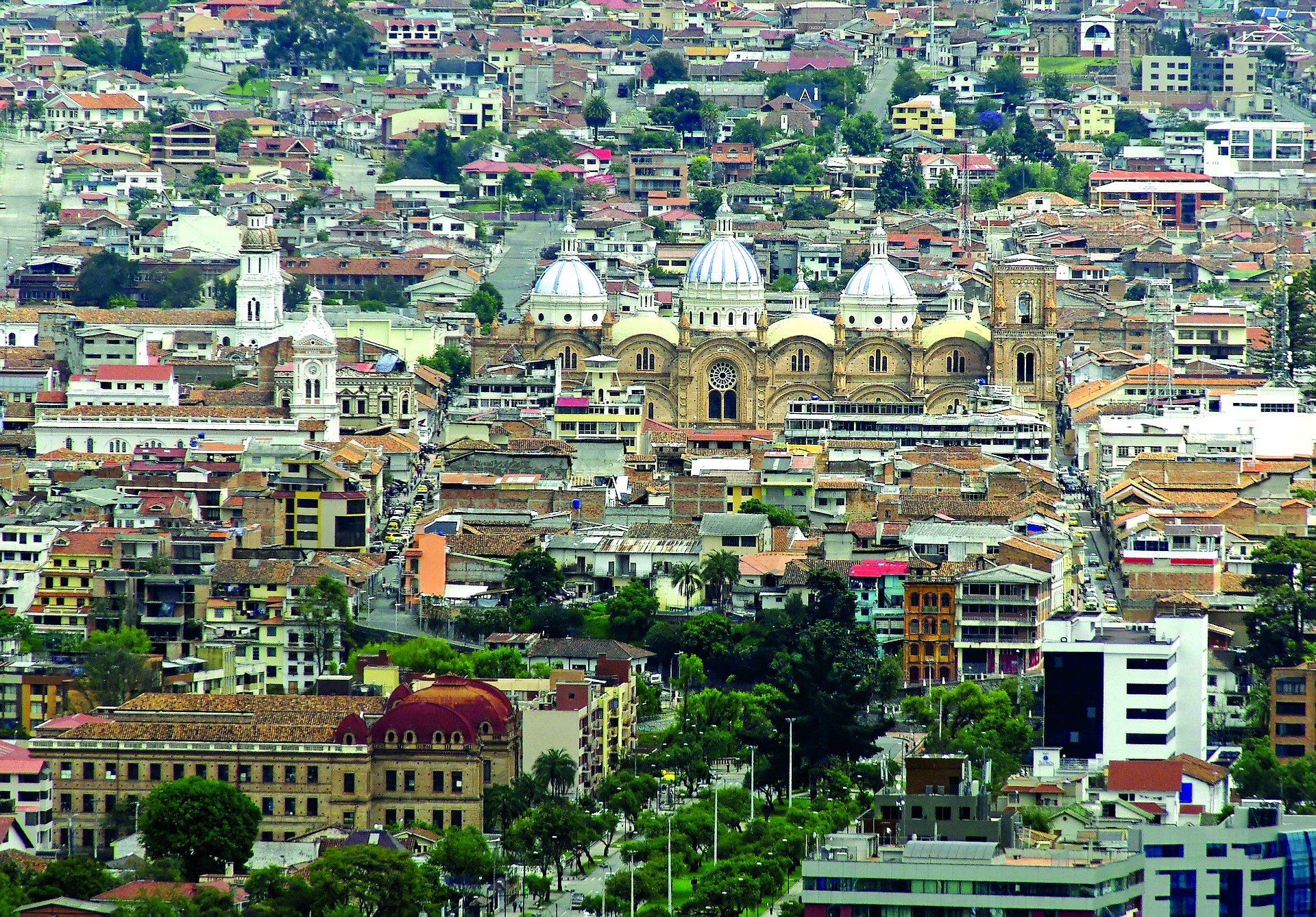
Ecuador
Capital: Quito
Ecuador is known for its enchanted islands, The Galapagos, its location in the middle of the planet, its famous pasillo music, and its delicious fried food.
Ecuador is home to the closest point to outer space on Earth: the Chimborazo volcano.
The Panama hat comes from artisans who reside in the cities of Cuenca and Montecristi.
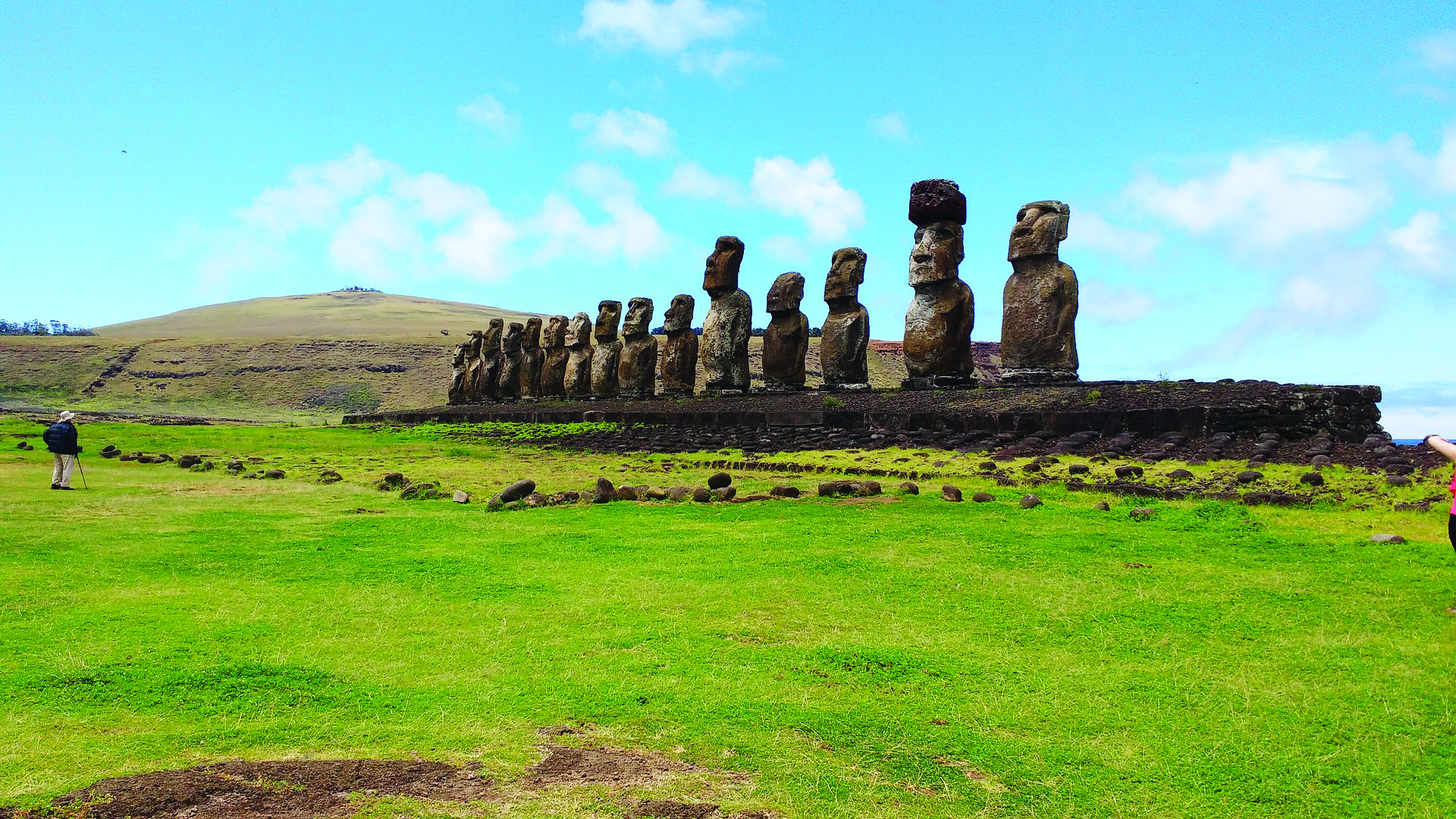
Chile
Capital: Santiago
Chile is recognized for its wines and for being the host of one of the greatest cultural events such as the Viña del Mar Festival. Chile is alsoknown for the great poets Gabriela Mistral and Pablo Neruda.
It is home to the Atacama Desert, one of the driest places on the planet.Its national liquor, Pisco, is a type of Brandy produced in the Chileanregions of Atacama and Coquimbo.
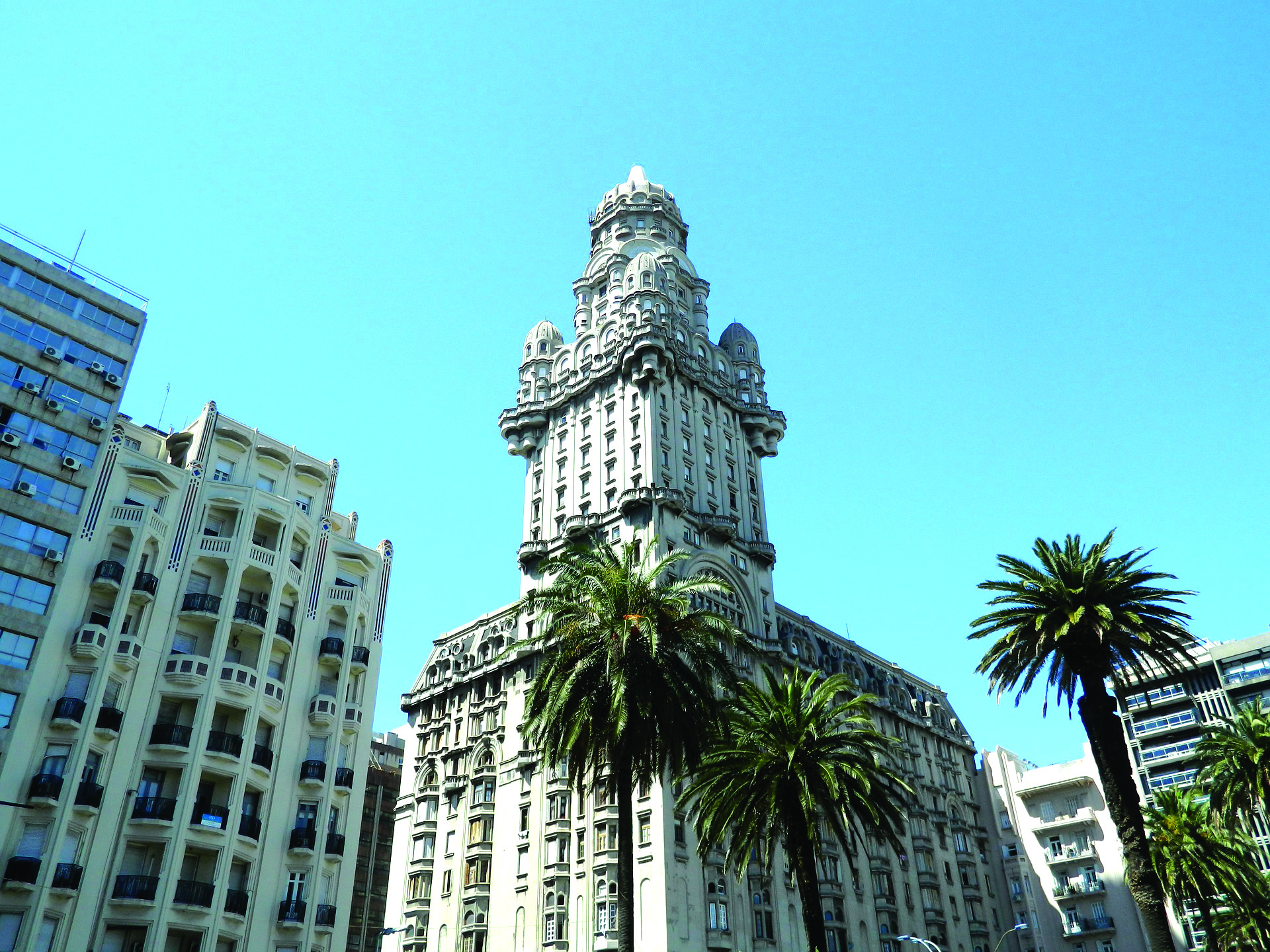
Paraguay
Capital: Asunción
Paraguay is a country where 90% of its population is bilingual. Its official languages are Spanish and Guaraní. It has one of the most important and extensive ecosystems in the world, the banana plantation, which is shared
with Brazil and Bolivia.The ”Tereré” is the national drink, named a cultural heritage. The Paraná River, which runs through Paraguay, Brazil and Argentina, is the second longest in South America after the Amazon.

Bolivia
Capital: La Paz
This country has the largest salt flat in the world: The Salar de Uyuni is so big that it can be seen from space. Beneath the salt flat is the world’s largest lithium deposit. La Paz is unofficially the highest capital city in the world. The official capital is Sucre but the working capital (the seat of government) is in La Paz. Lake Titicaca which straddles the border between Peru and Bolivia is the world’s highest navegable lake.

Uruguay
Capital: Montevideo
Known for its delicious dishes such as chivito and asado and also for hosting the first soccer World Cup in 1930. Uruguay’s national anthem is the longest in the world with more than 102 music bars and a duration of 6 minutes. The capital city, Montevideo, is located on the Río de la Plata that separates Uruguay from Argentina.
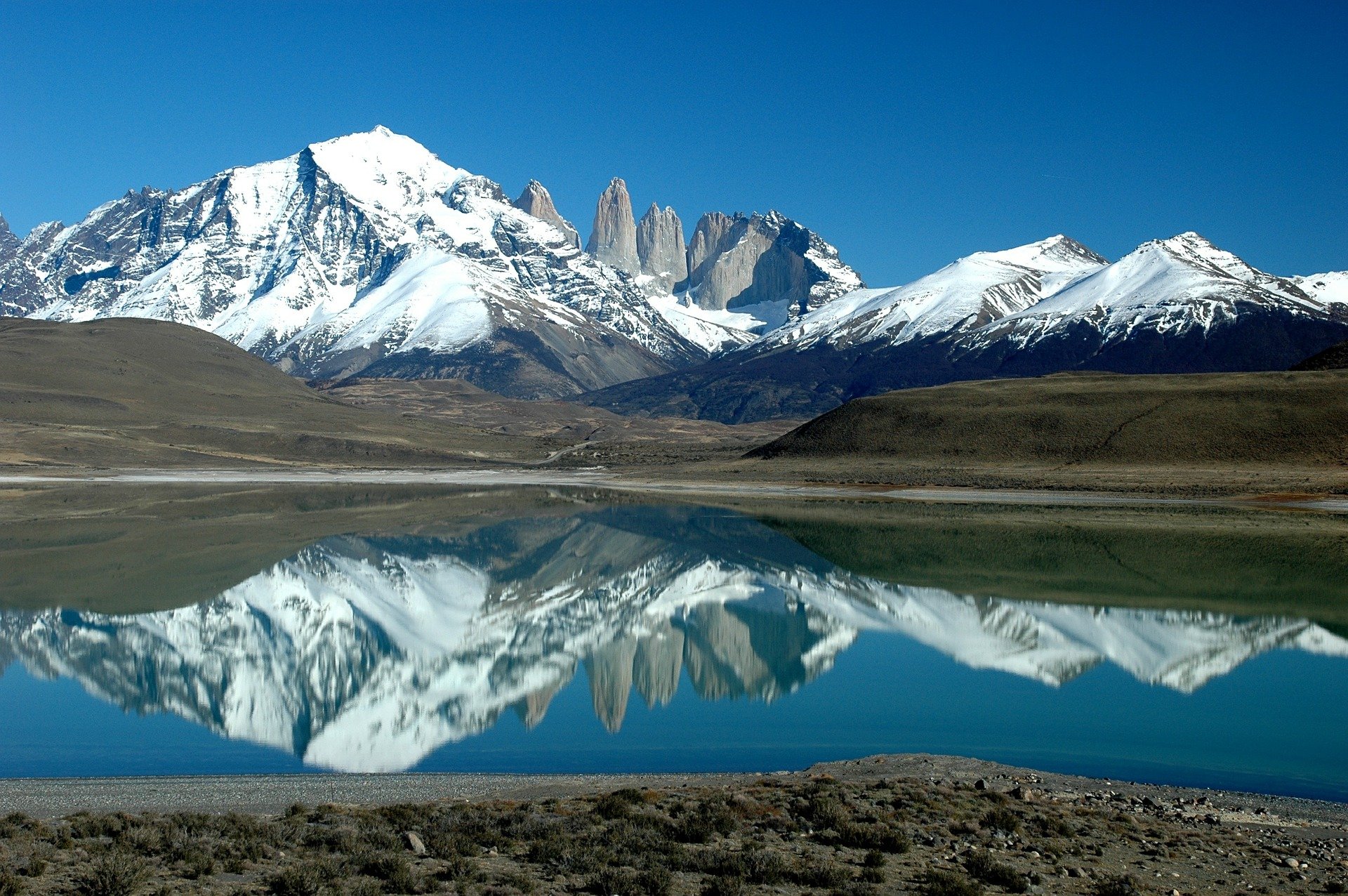
Argentina
Capital: Buenos Aires
Tango, the most sensual dance, was born in Argentina.
The famous Río de la Plata is of great economic and social importance.
Argentina is home to the highest and lowest points in the southern hemisphere.
The first animated film was created in Argentina in 1917 by Quirino Cristiani, who inspired Walt Disney during his tour in Latin America.
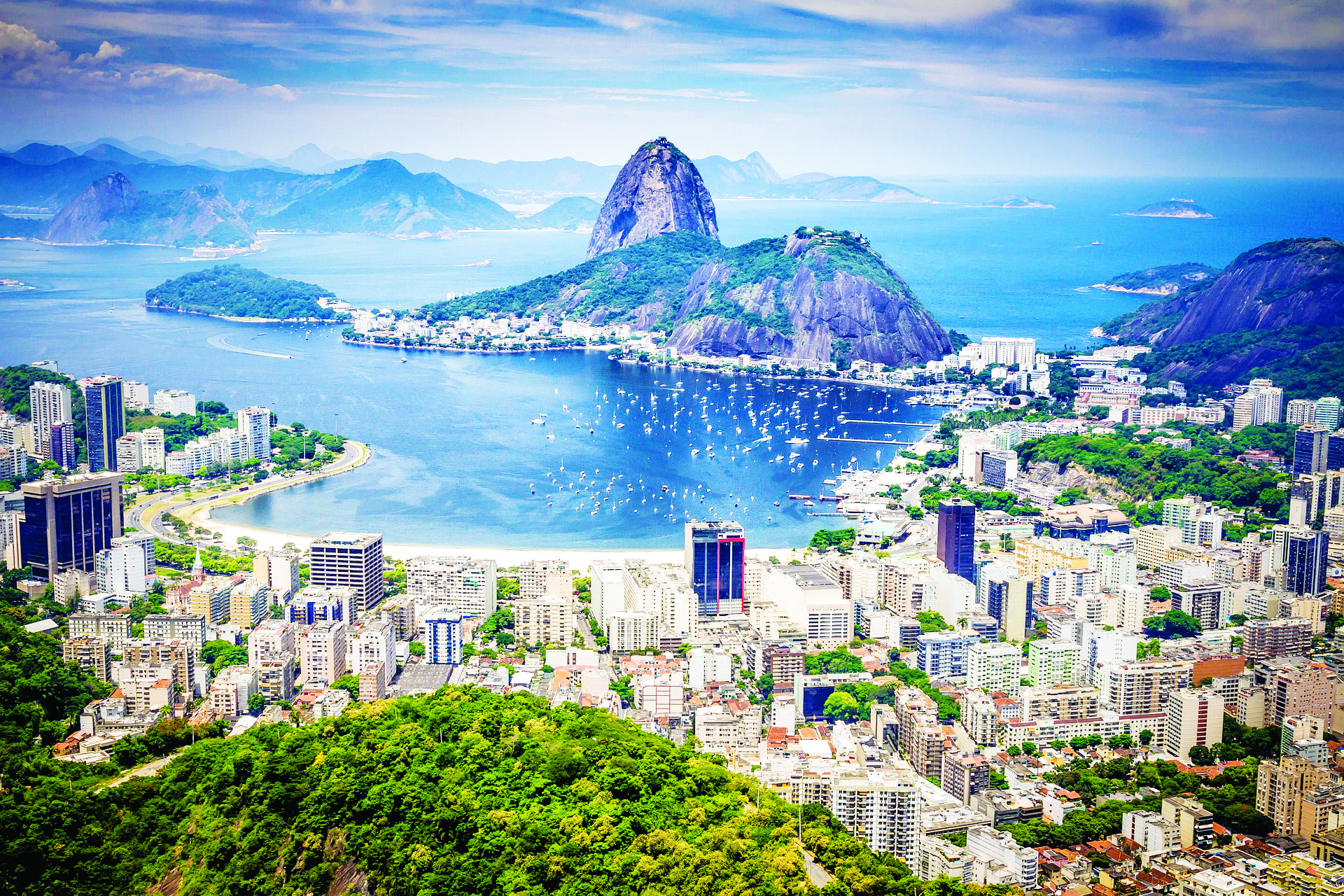
Brazil
Capital: Brasilia
Samba music is recognized as the national cultural heritage of Brazil. The national soccer team has been the only one to attend all the World Cups.
60% of the Amazon rainforest belongs to Brazil. There are more than 400 airports in this nation.
Rio de Janeiro was once the capital of Portugal, which means that it was the only European capital city located outside of Europe.
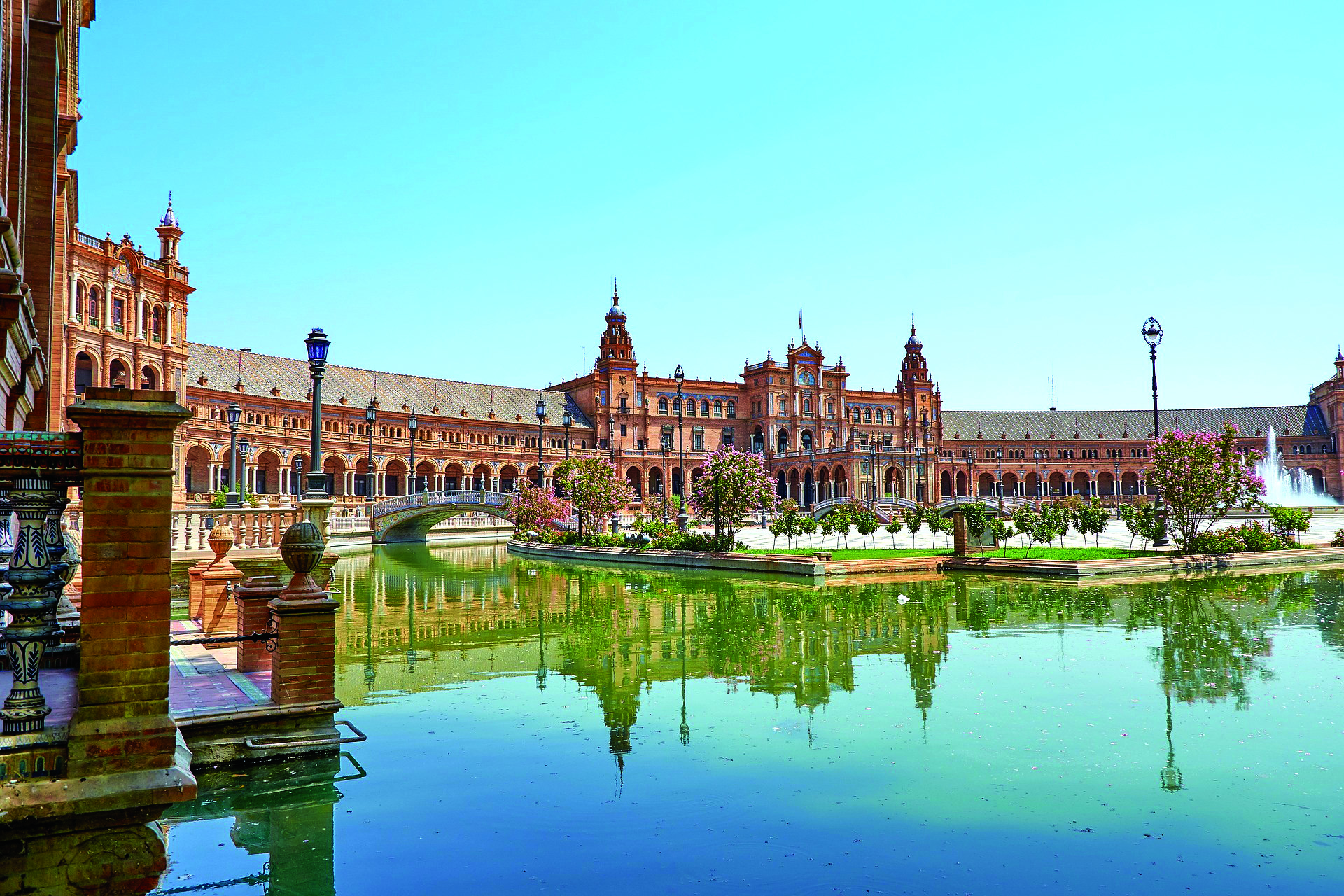
Spain
Capital: Madrid
Flamenco is one of the symbols of the Iberian country. The famous Miguel de Cervantes Saavedra was the author of the first modern novel in history, Don Quixote de la Mancha.
Tapas are a national gastronomic pride. Madrid has the oldest restaurant in the world, Botín restaurant, recognized in Guinness Records. Spain is the only European country that has a border with an African country.





